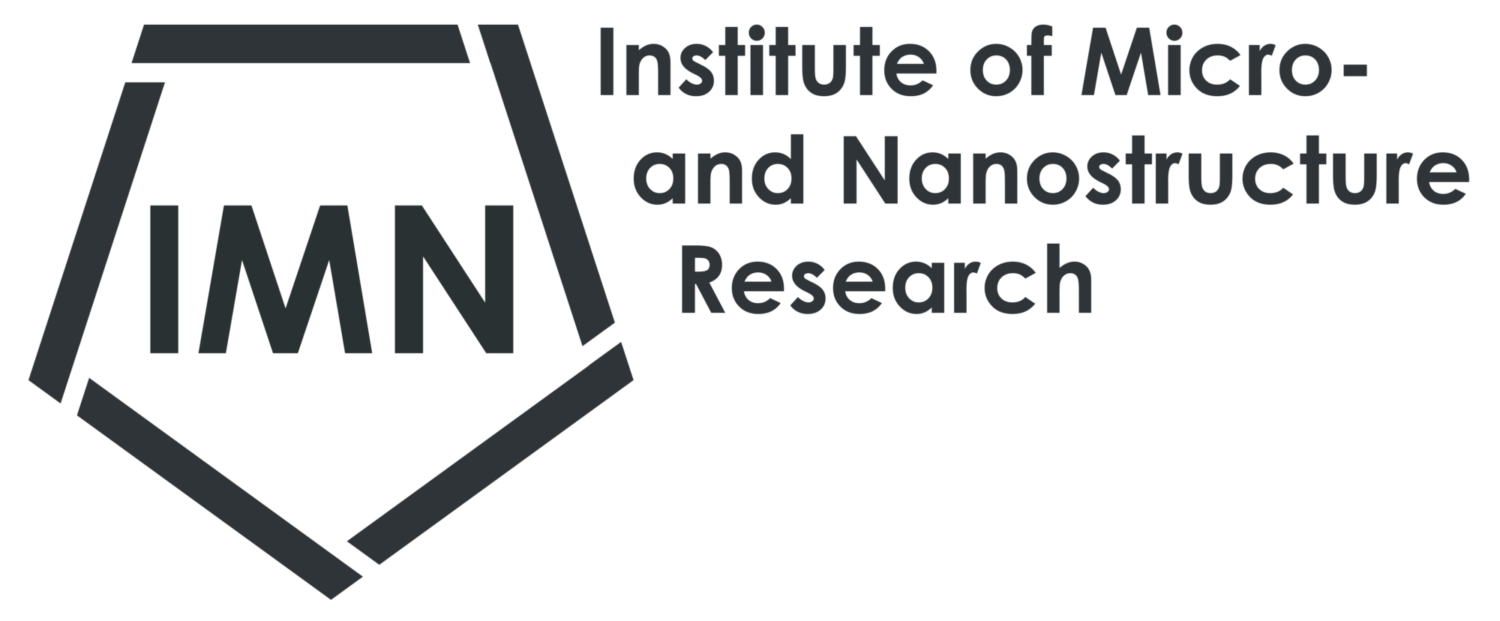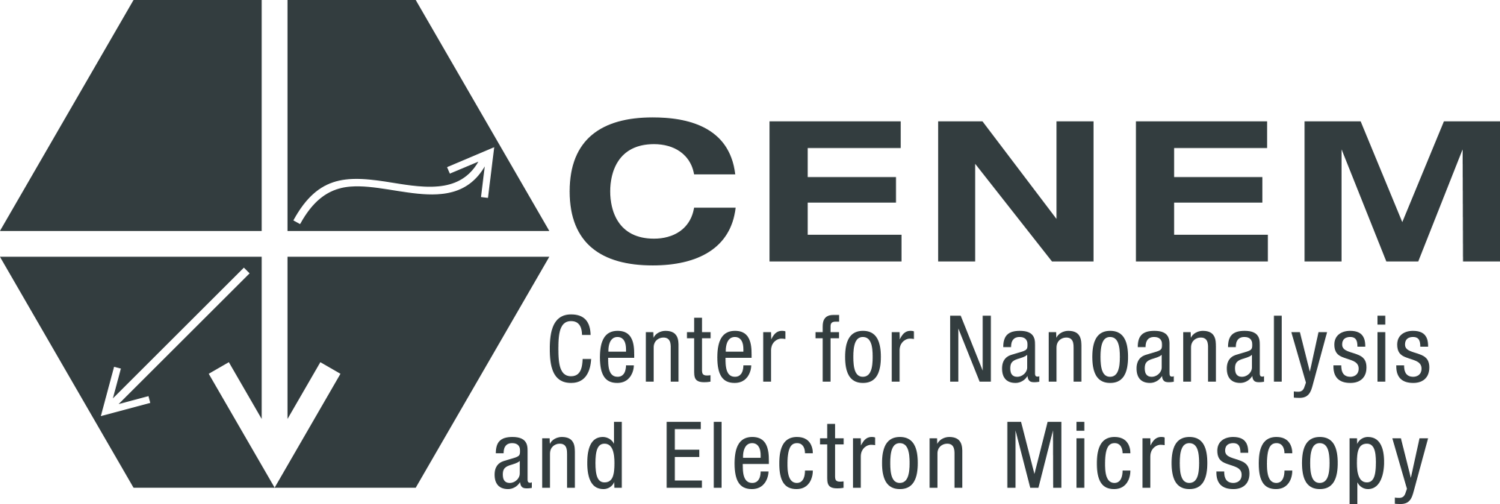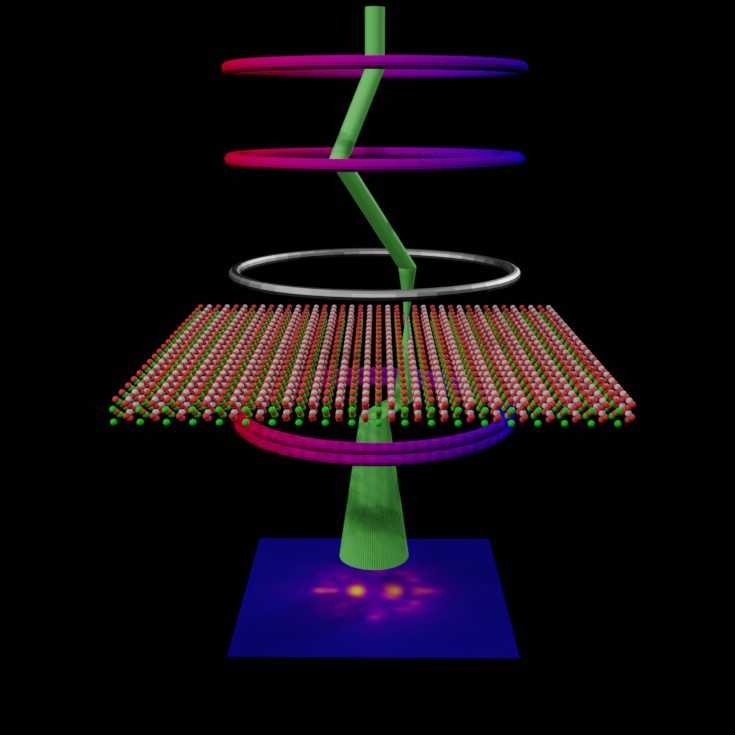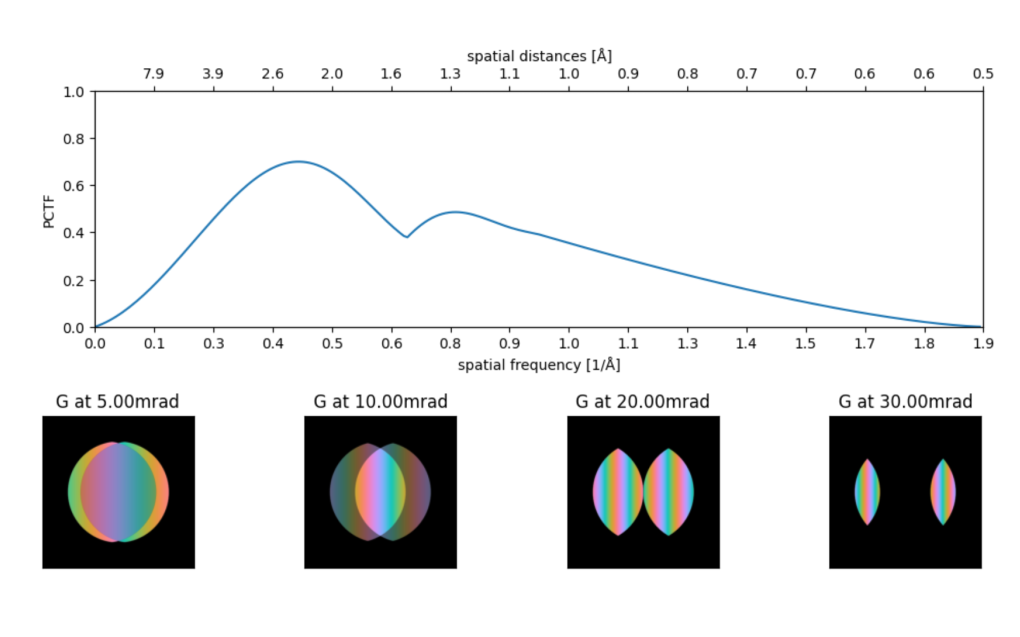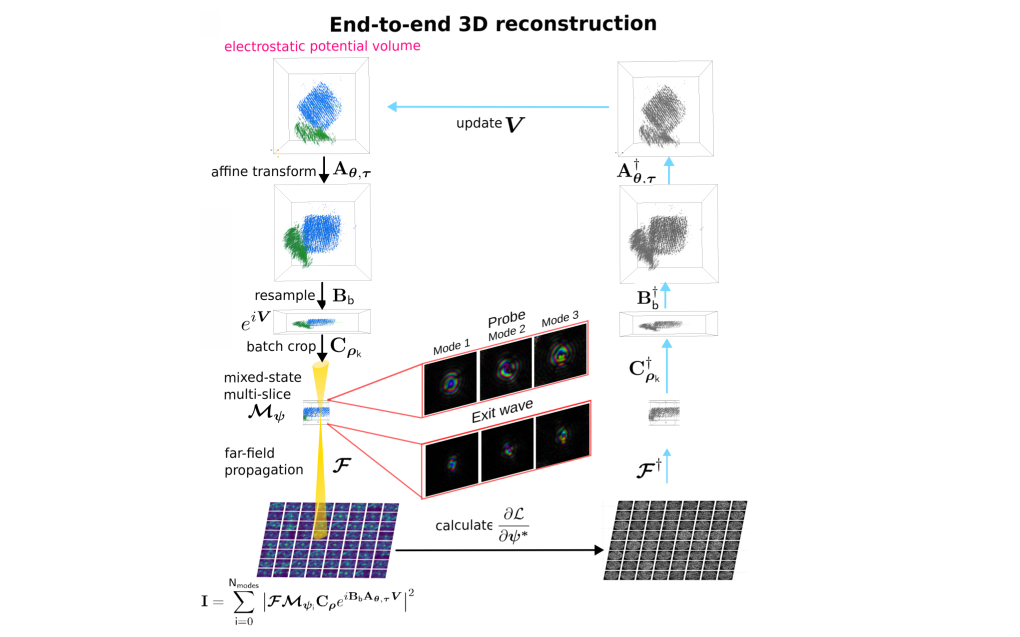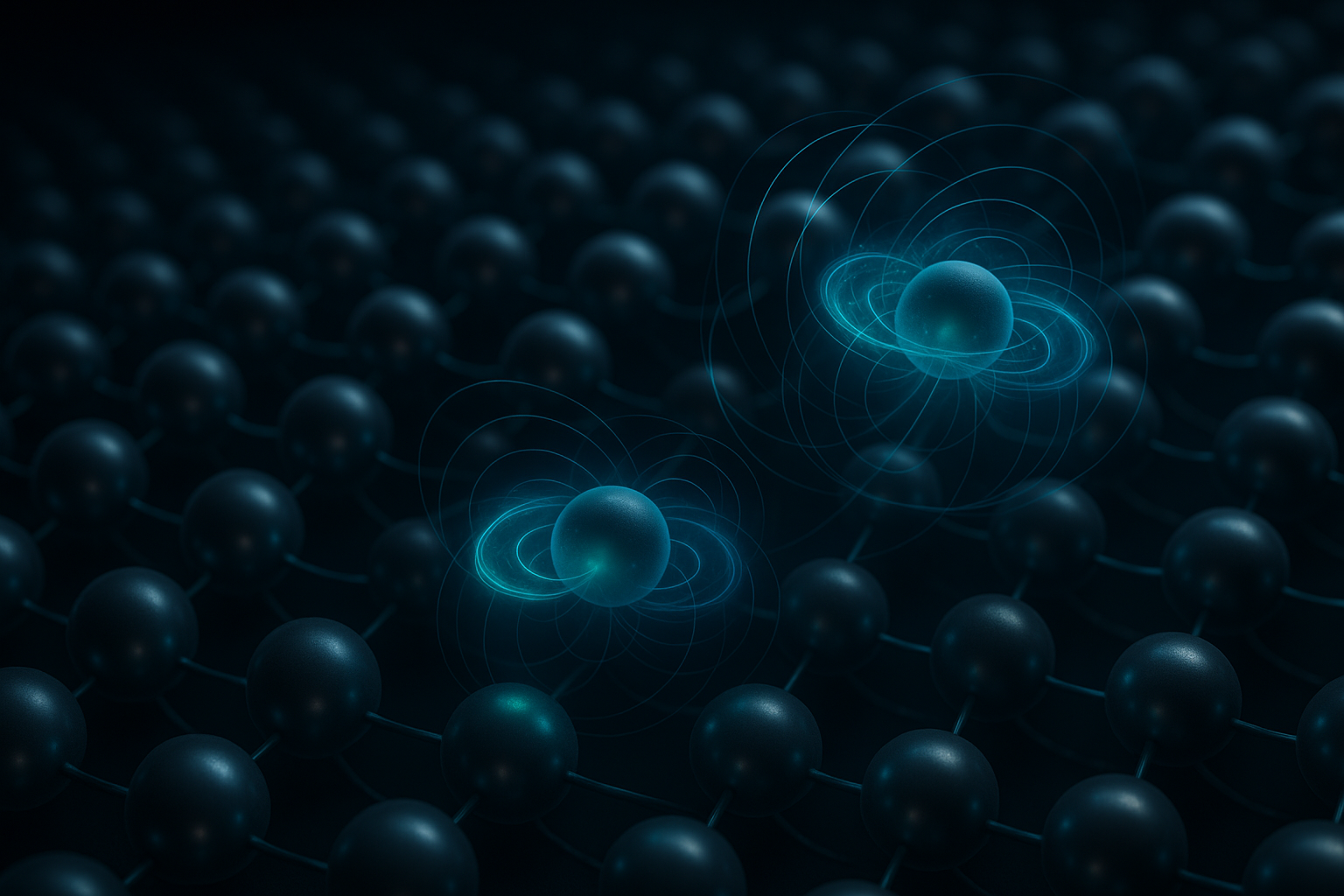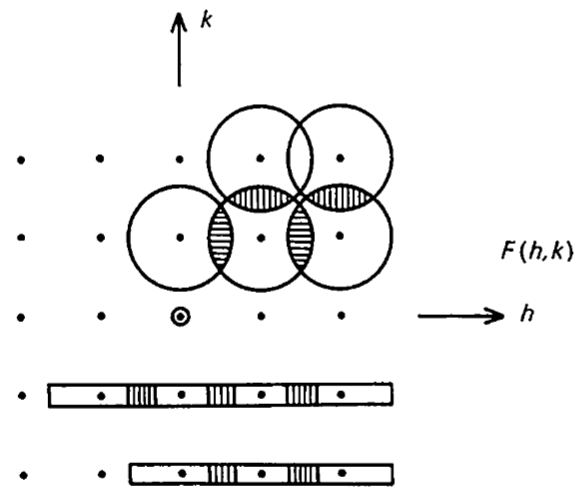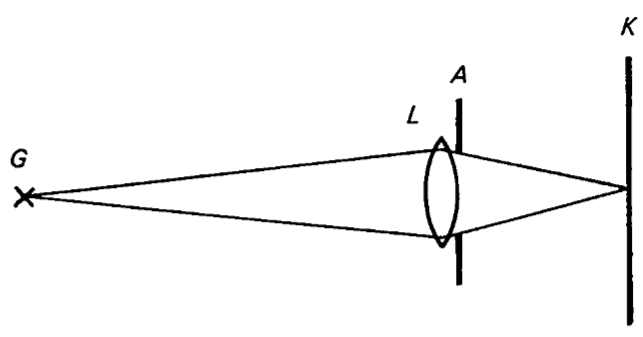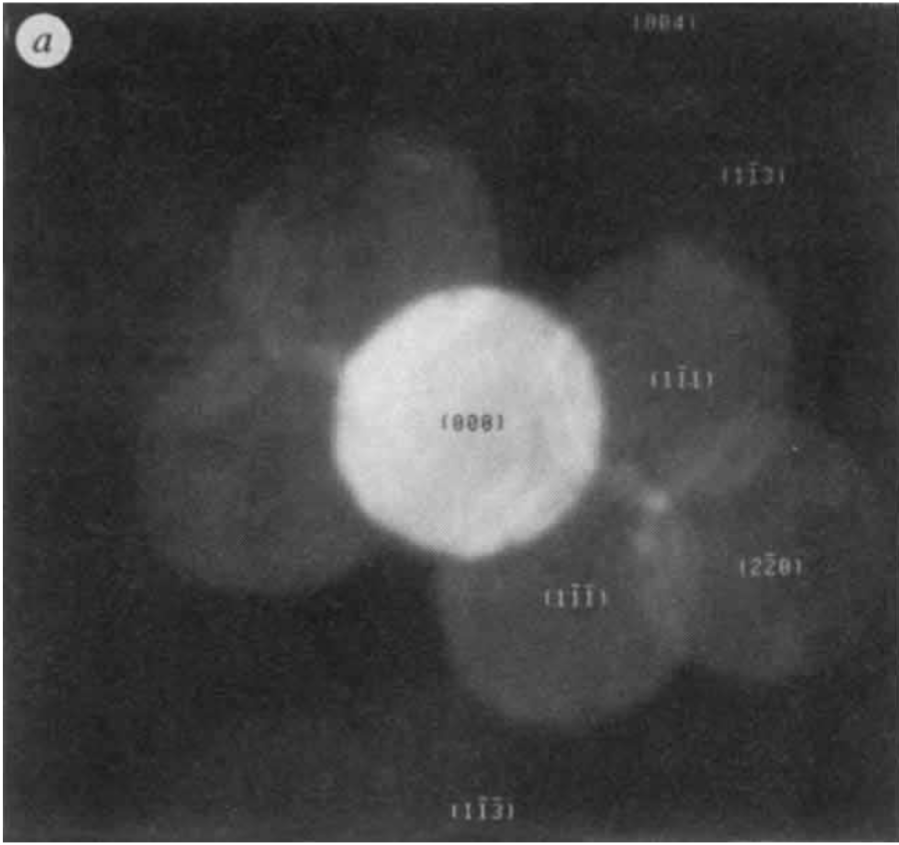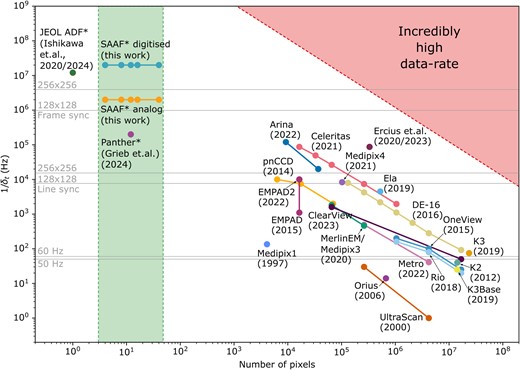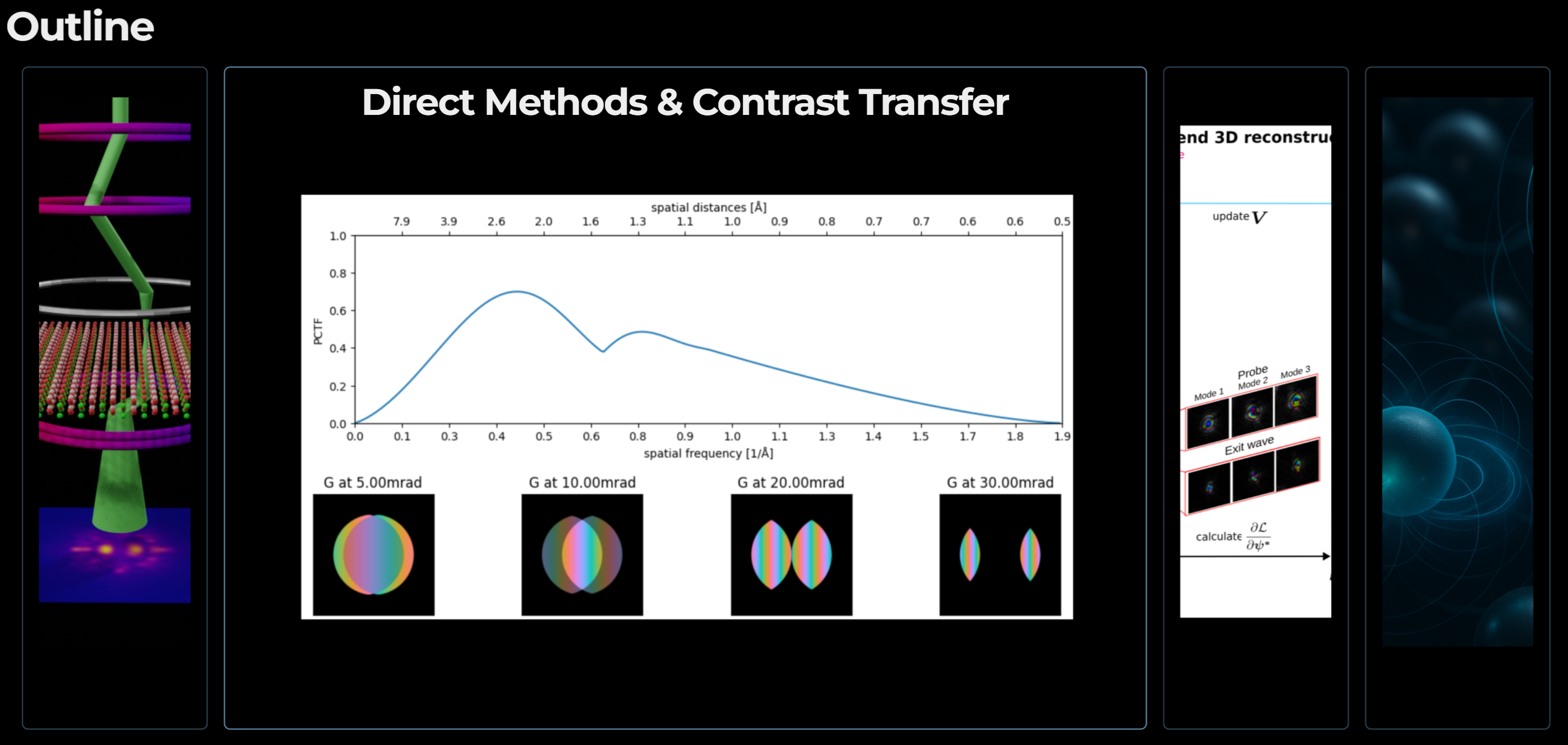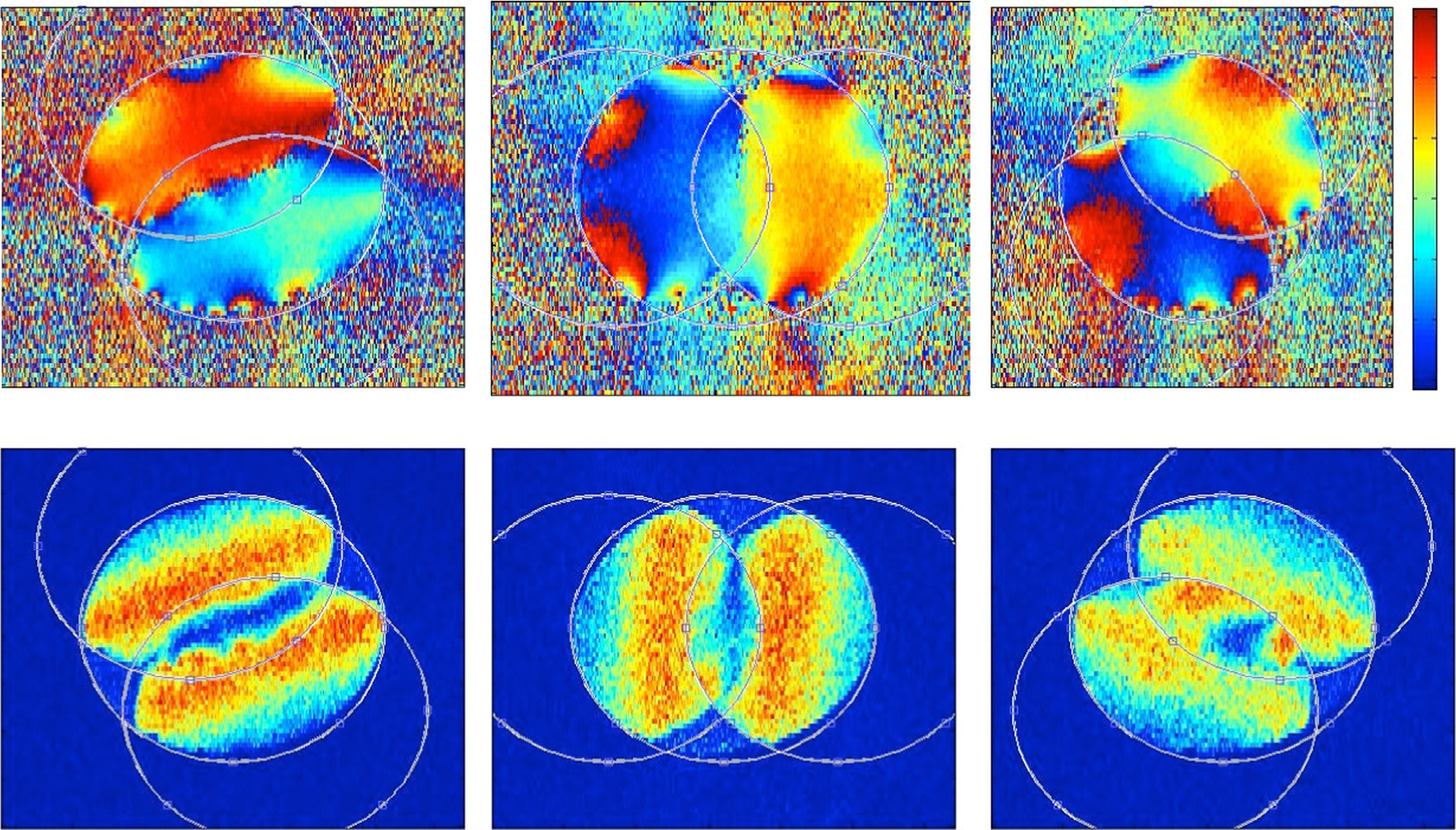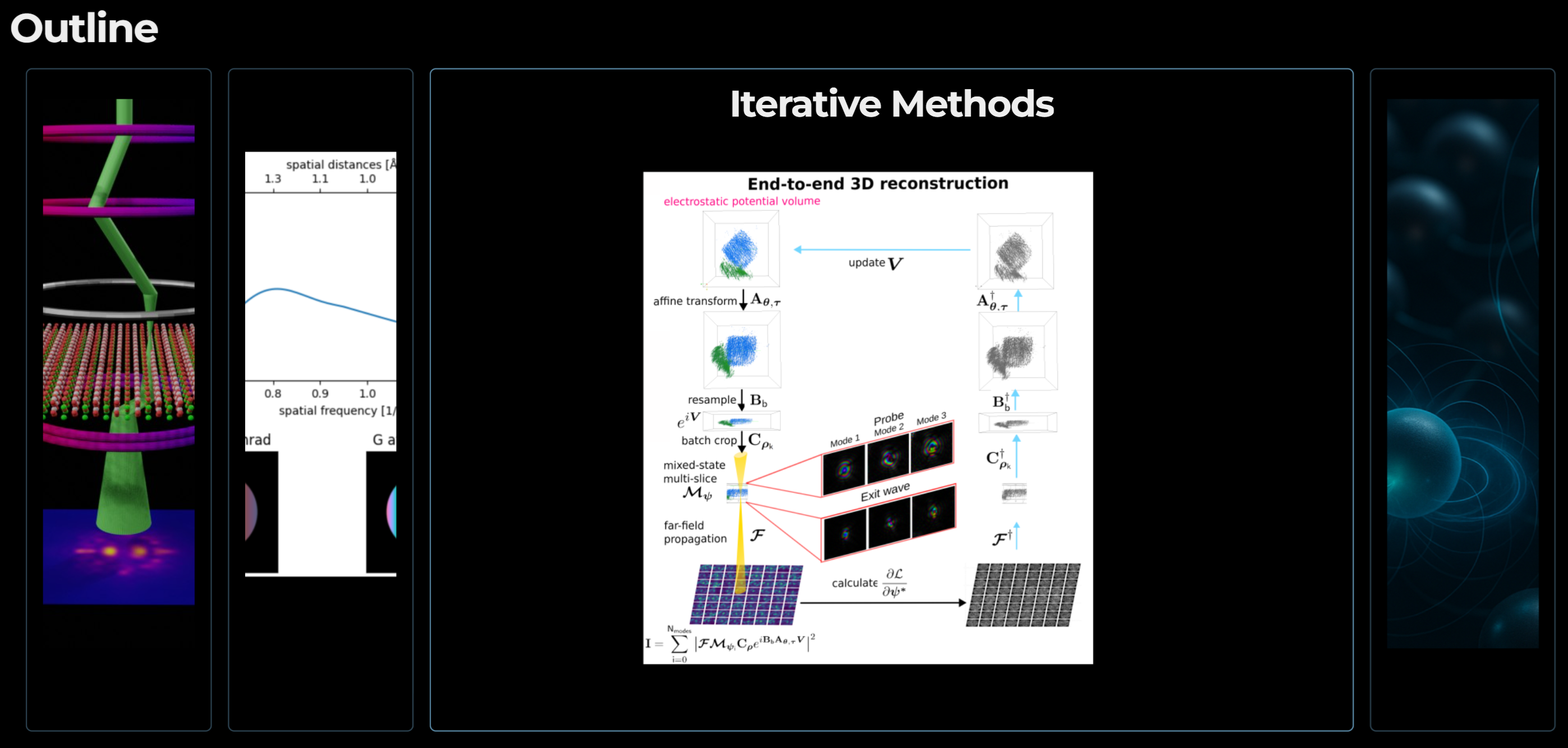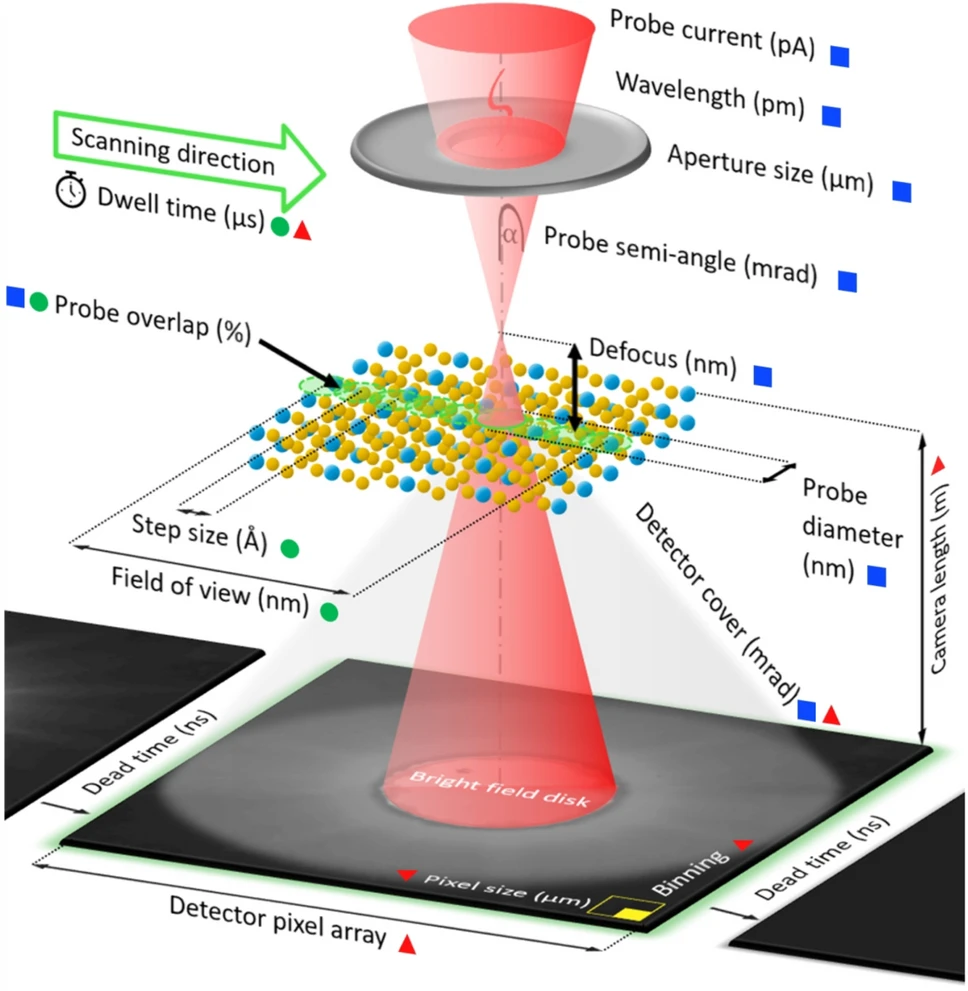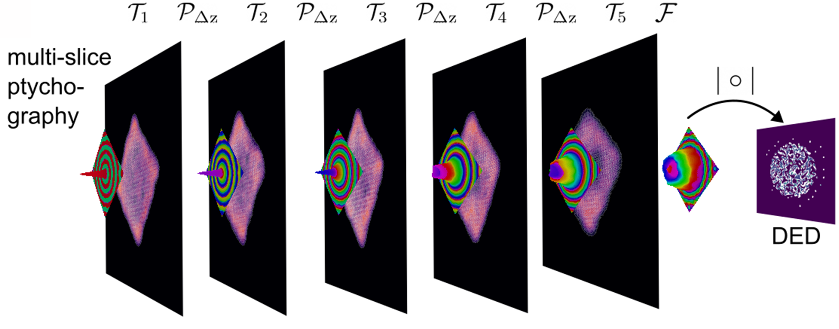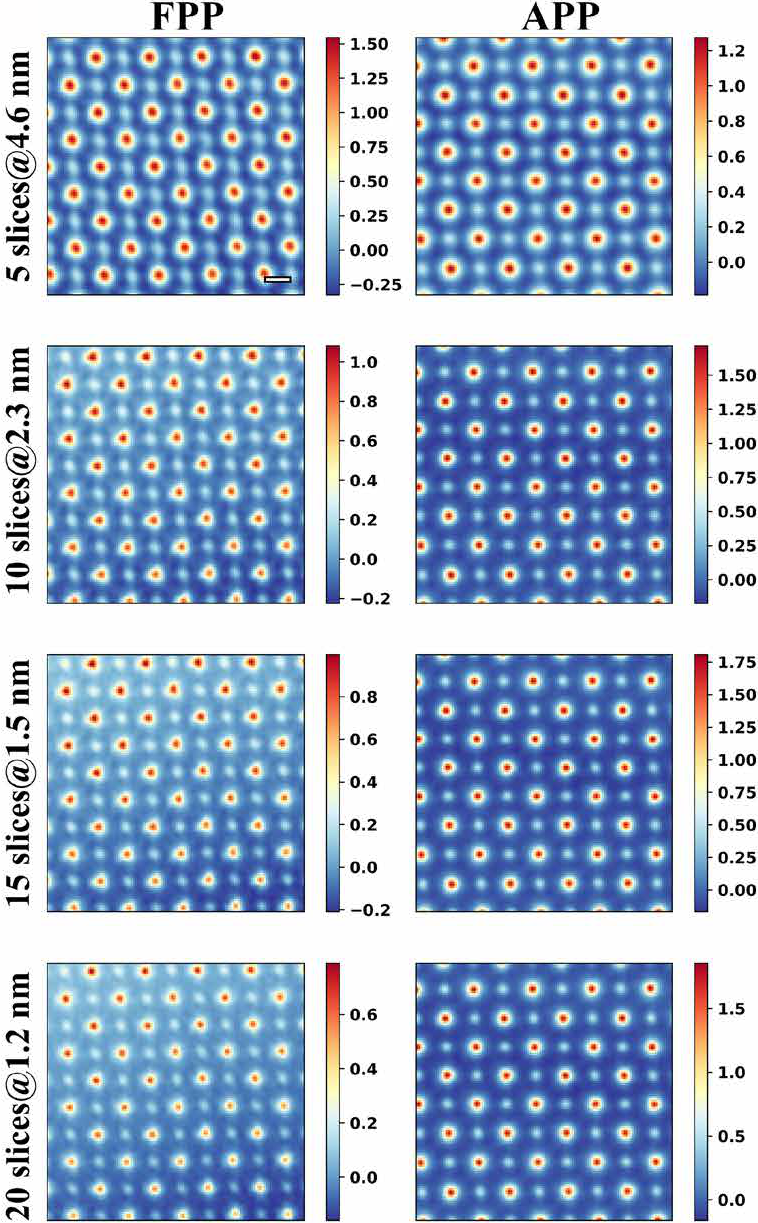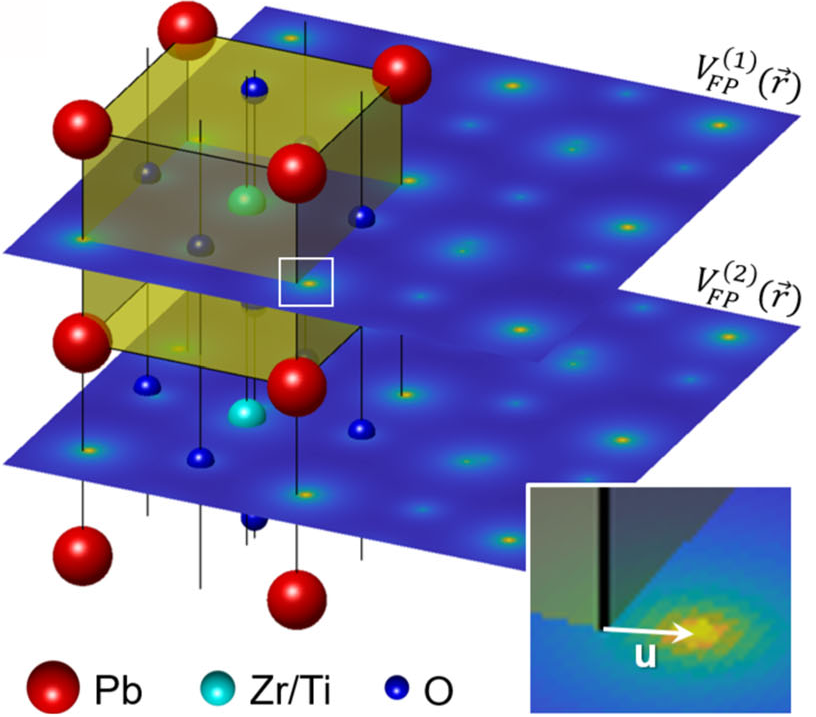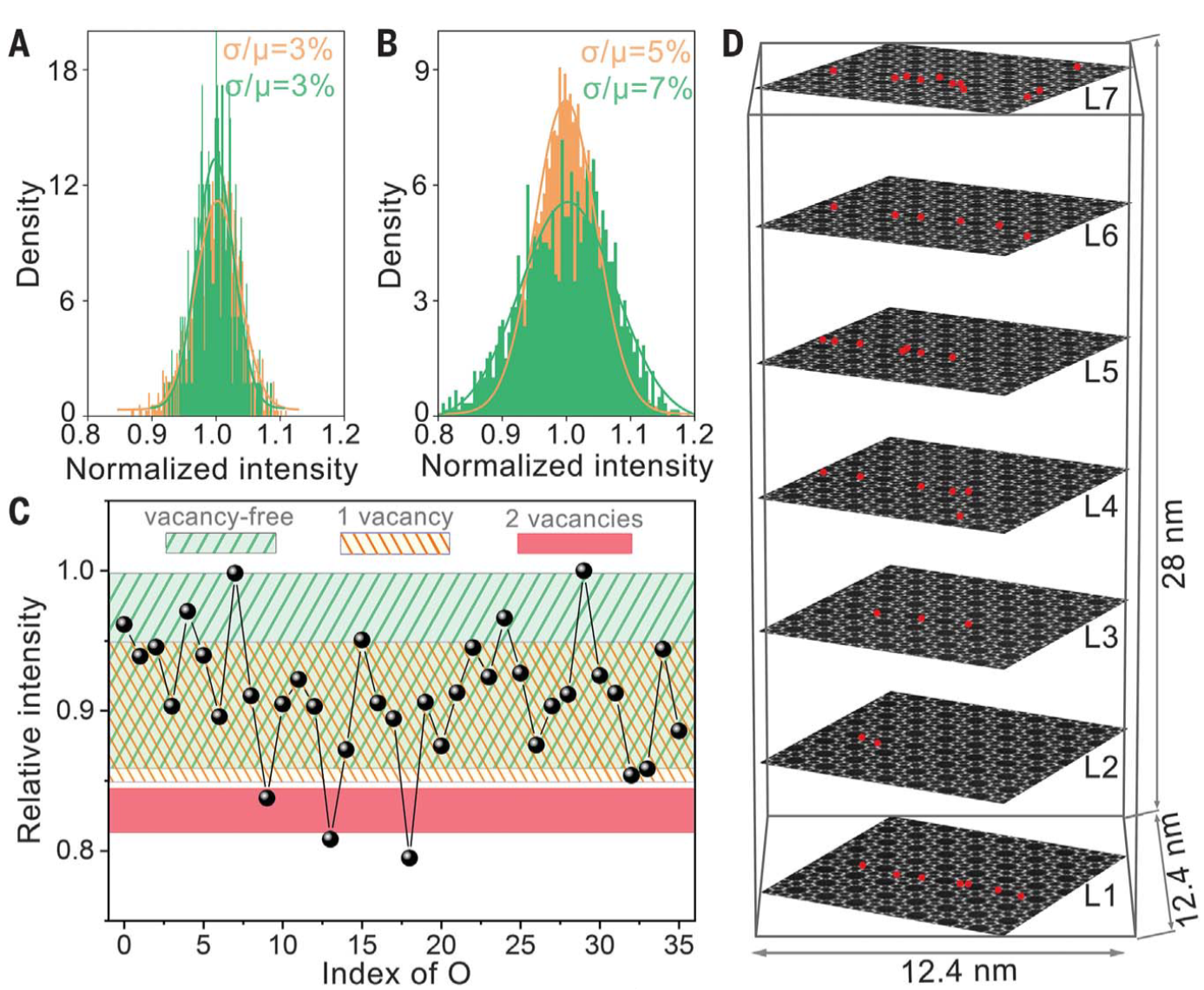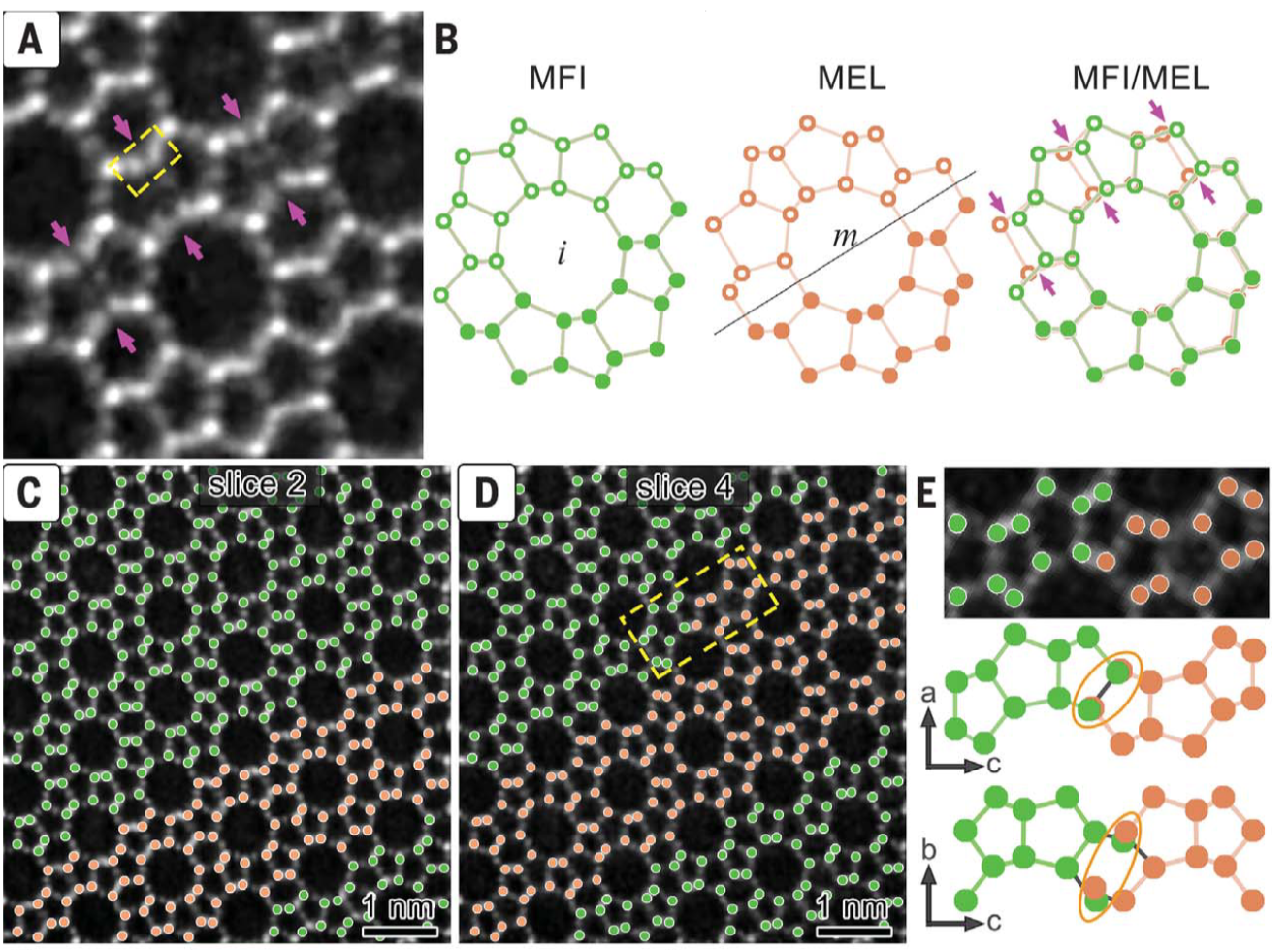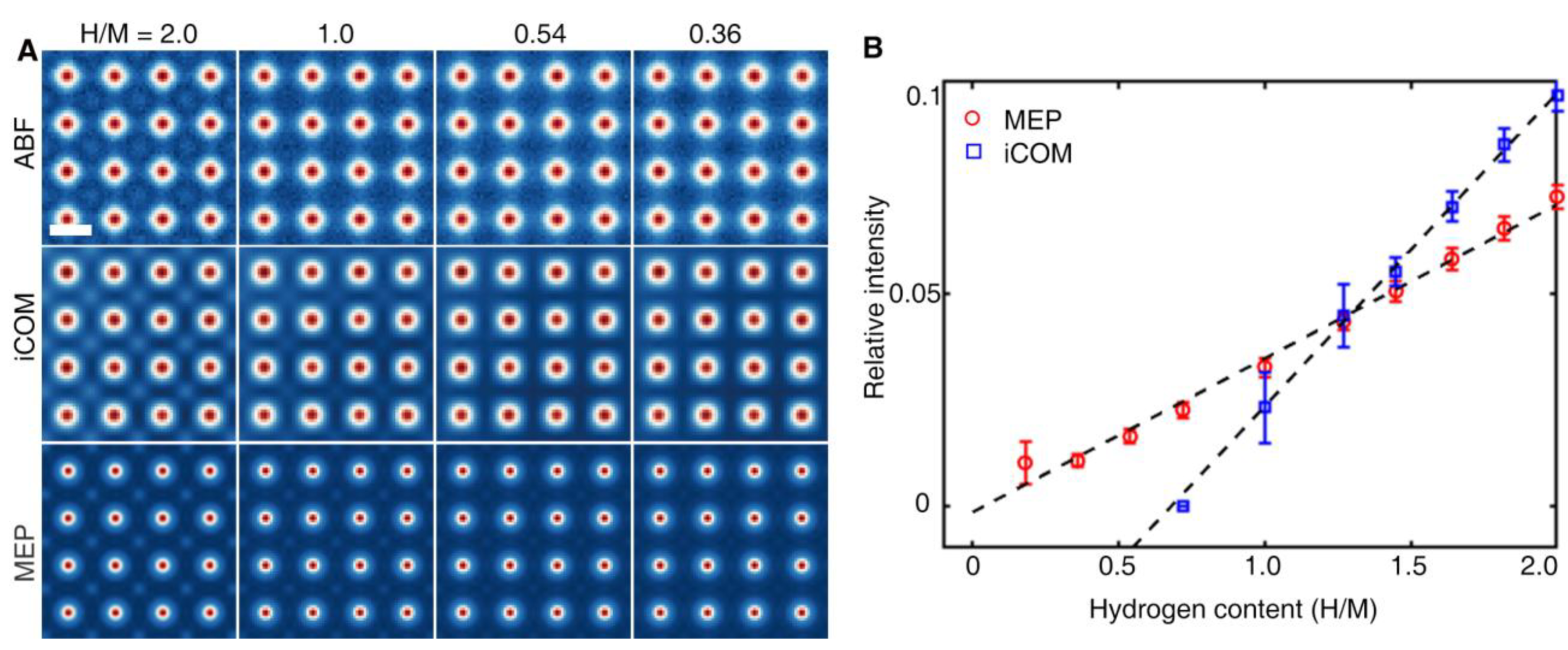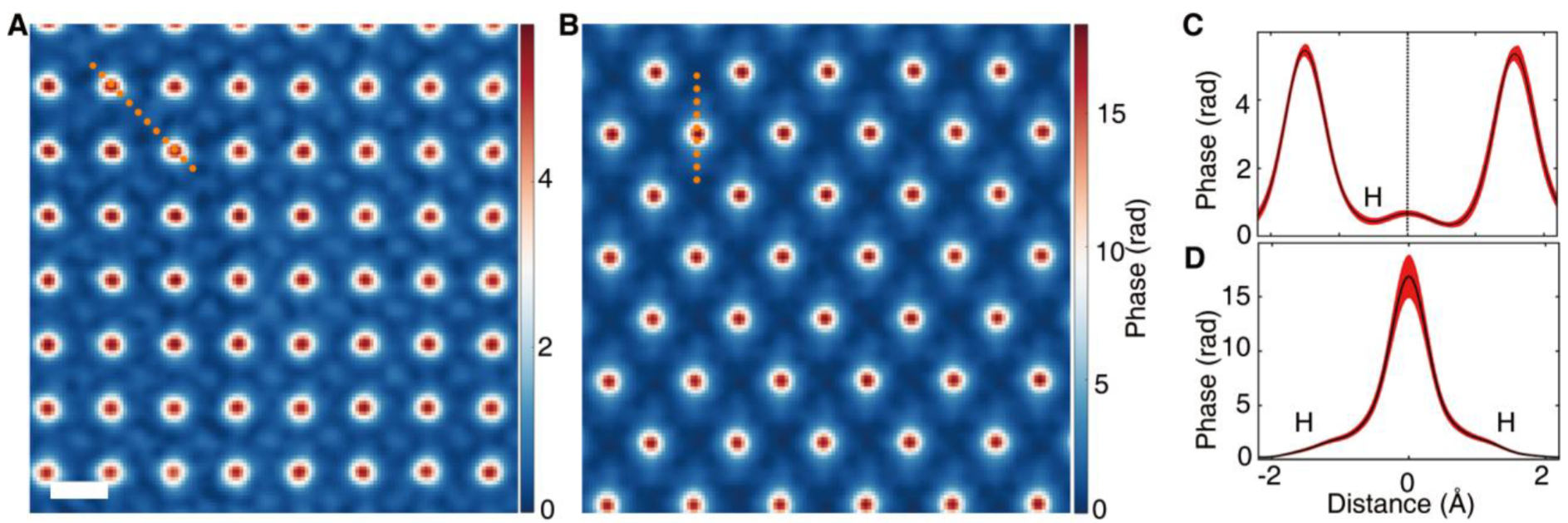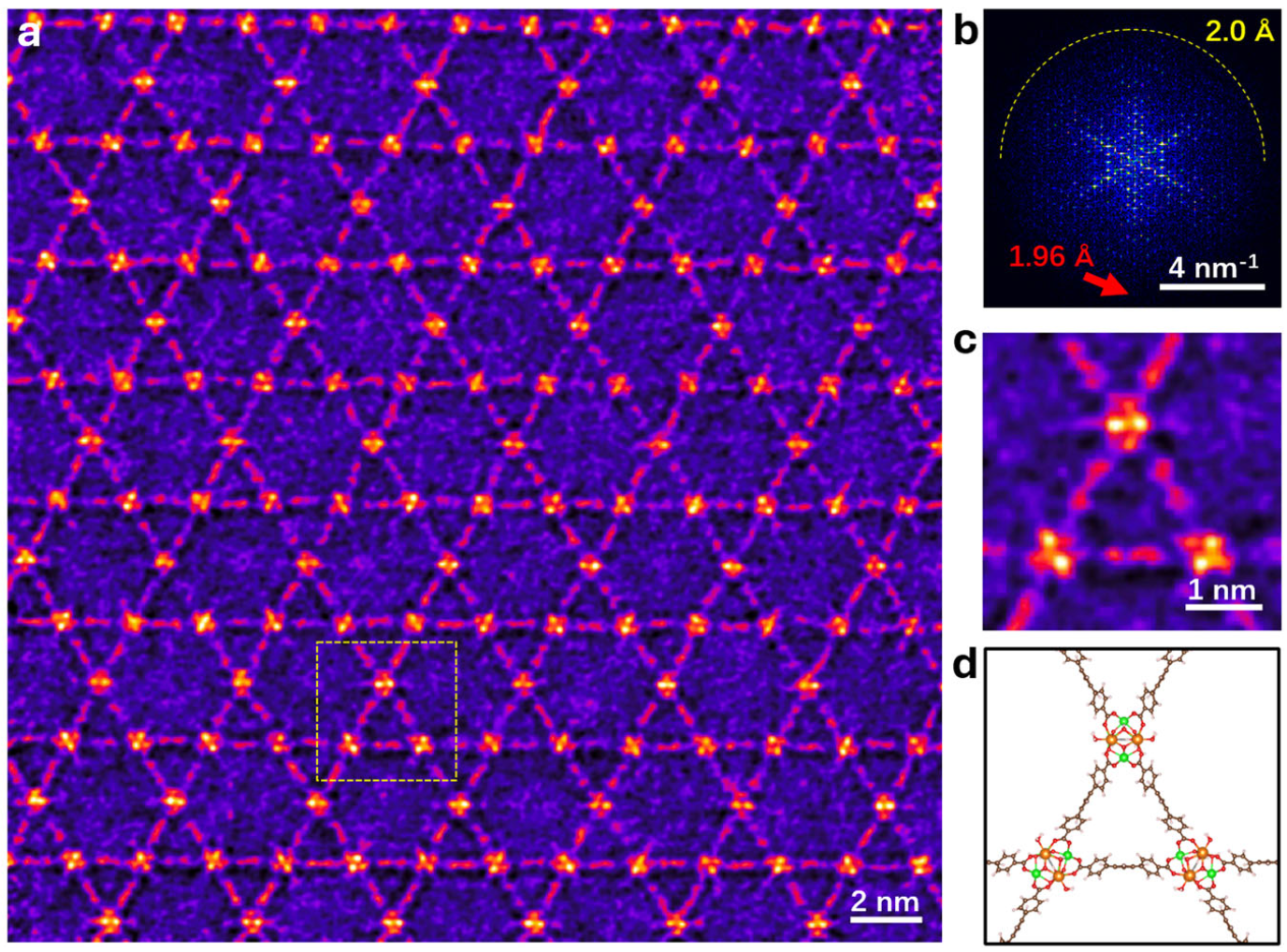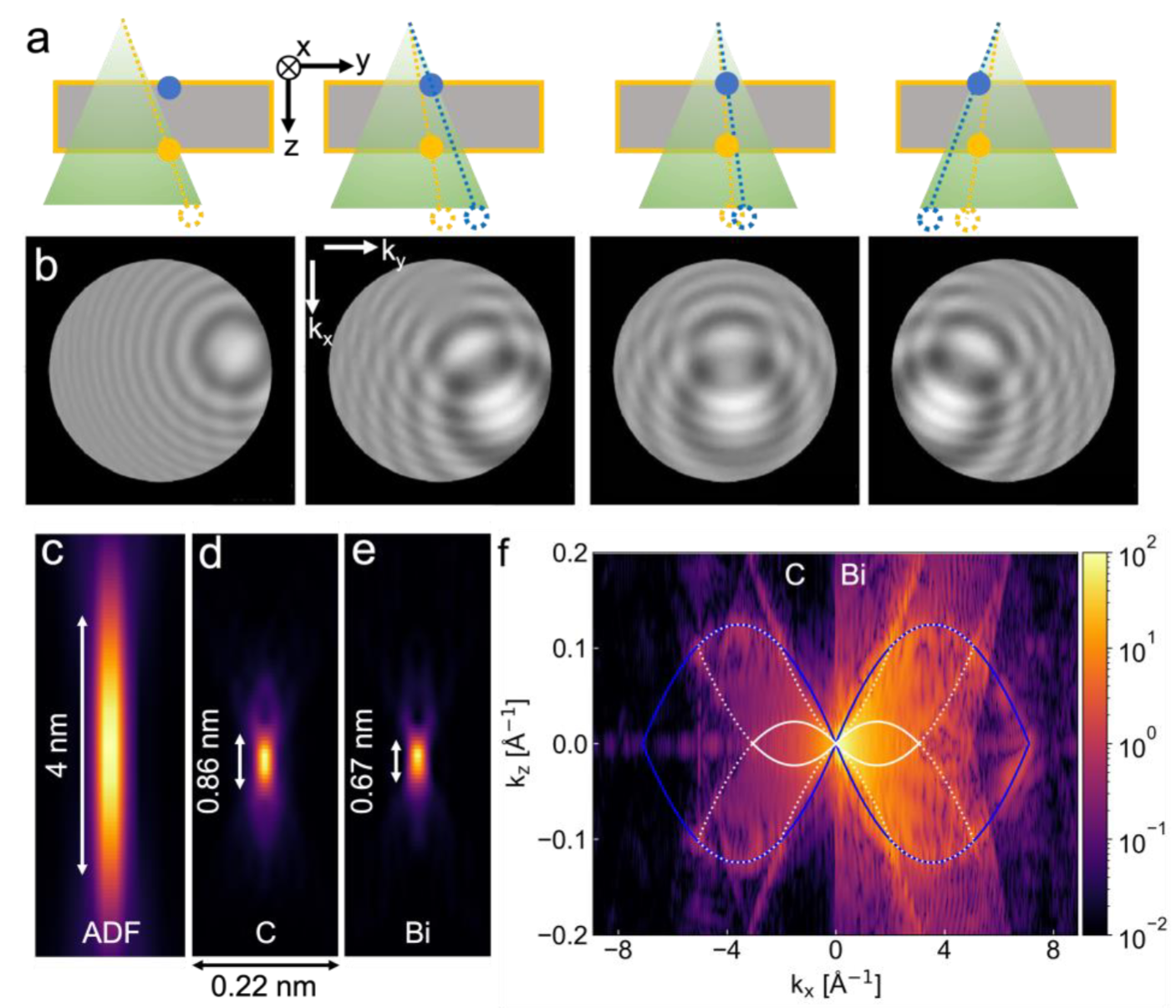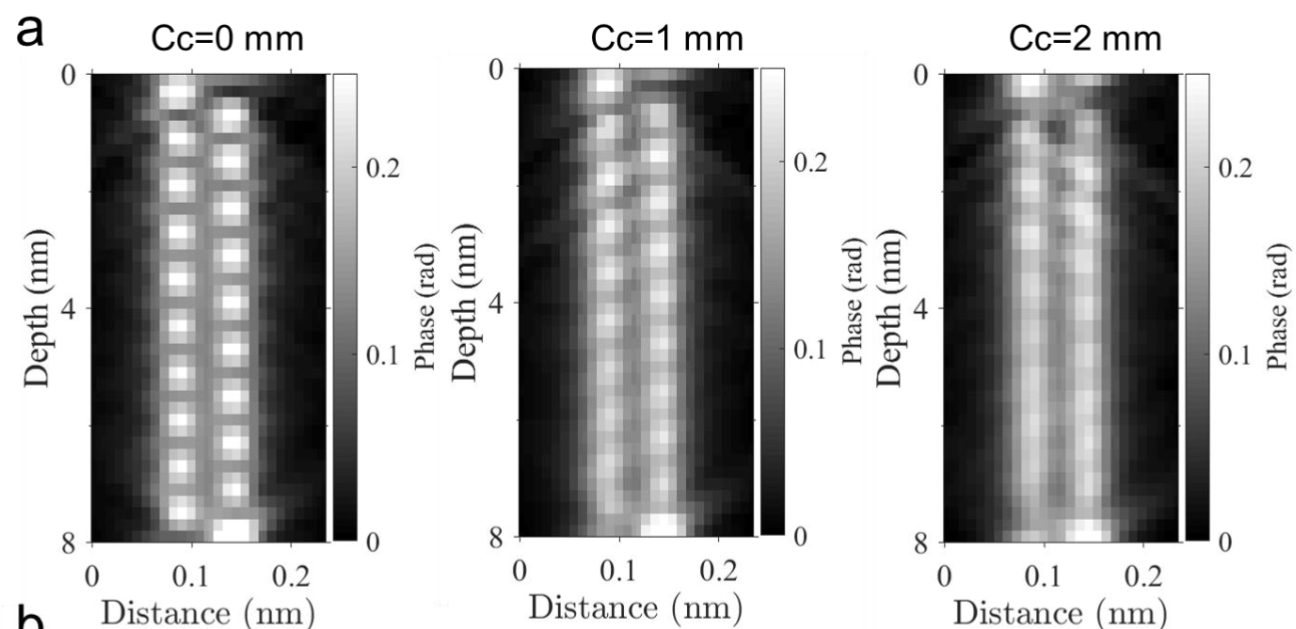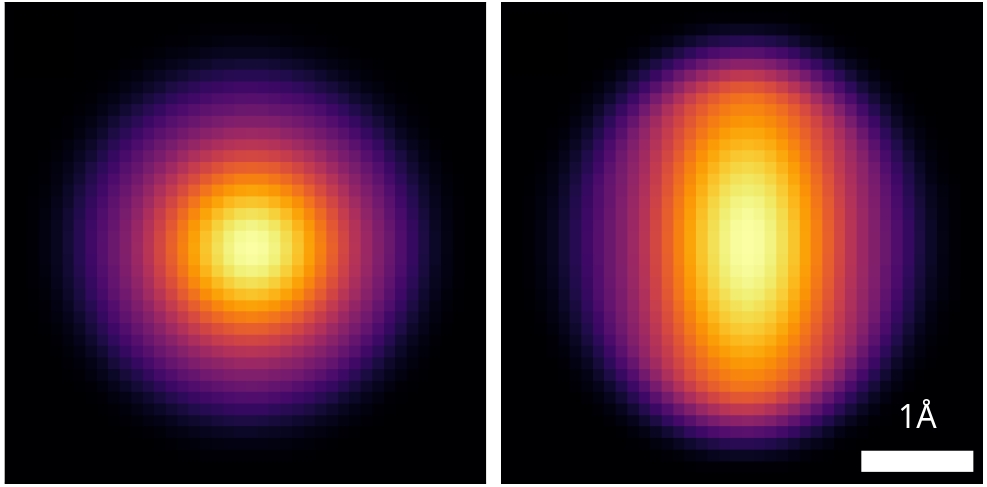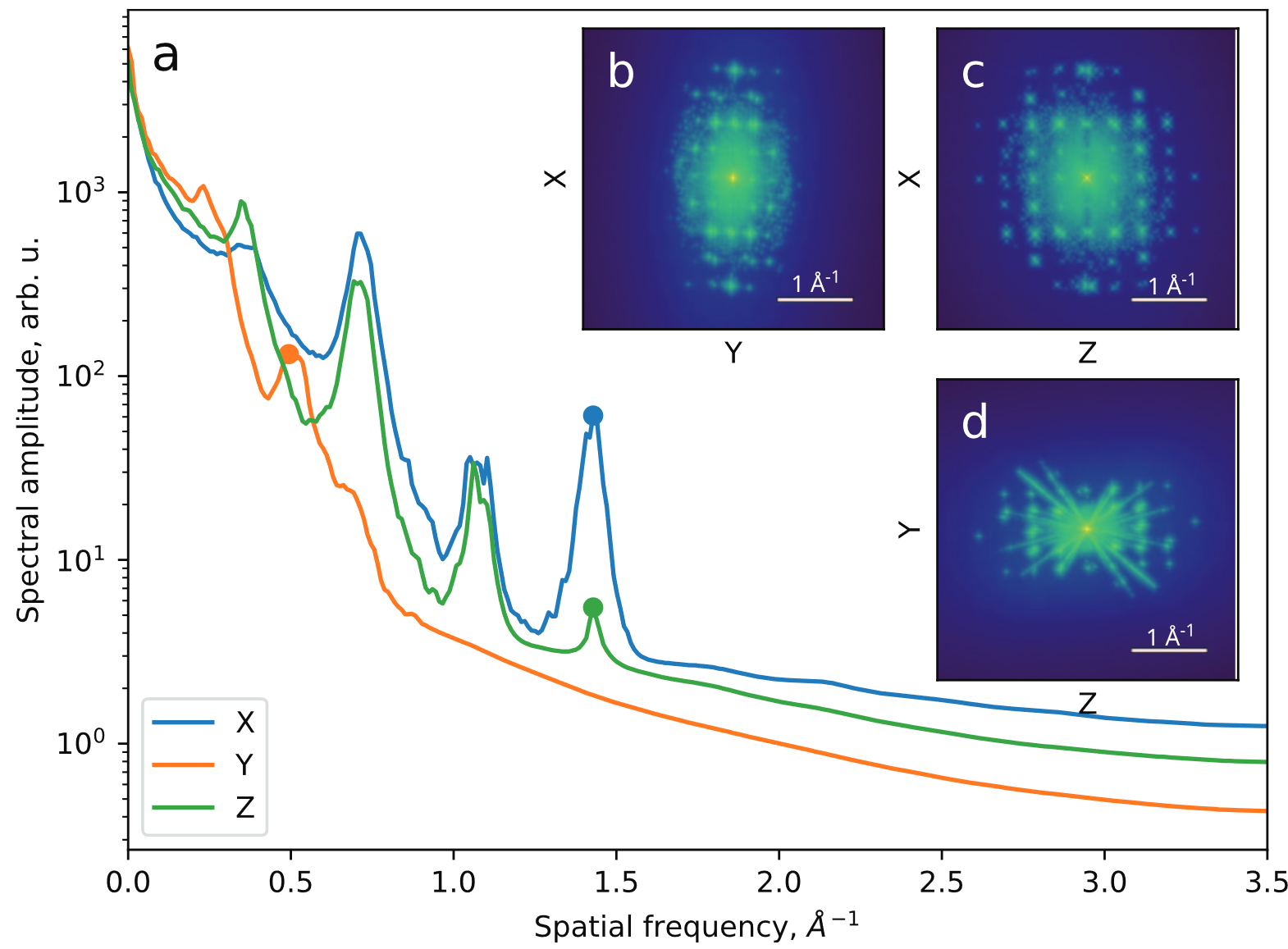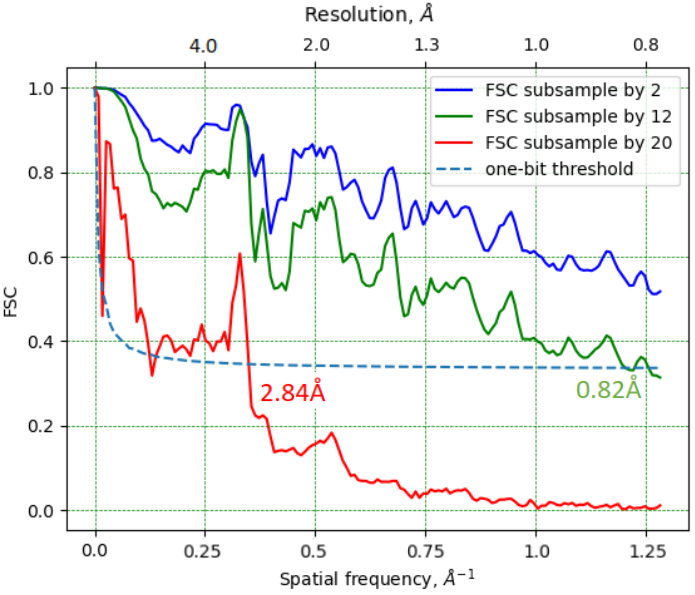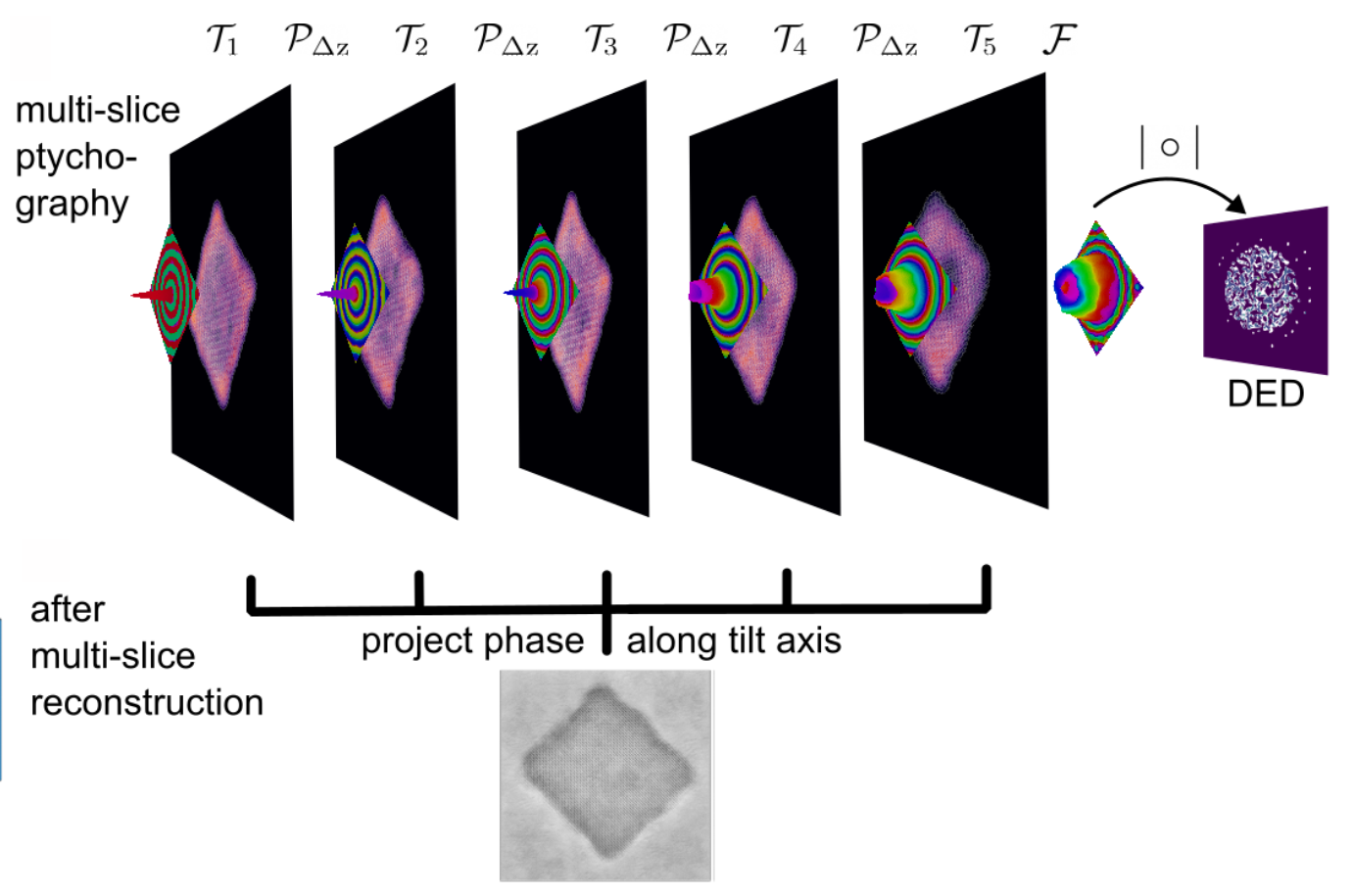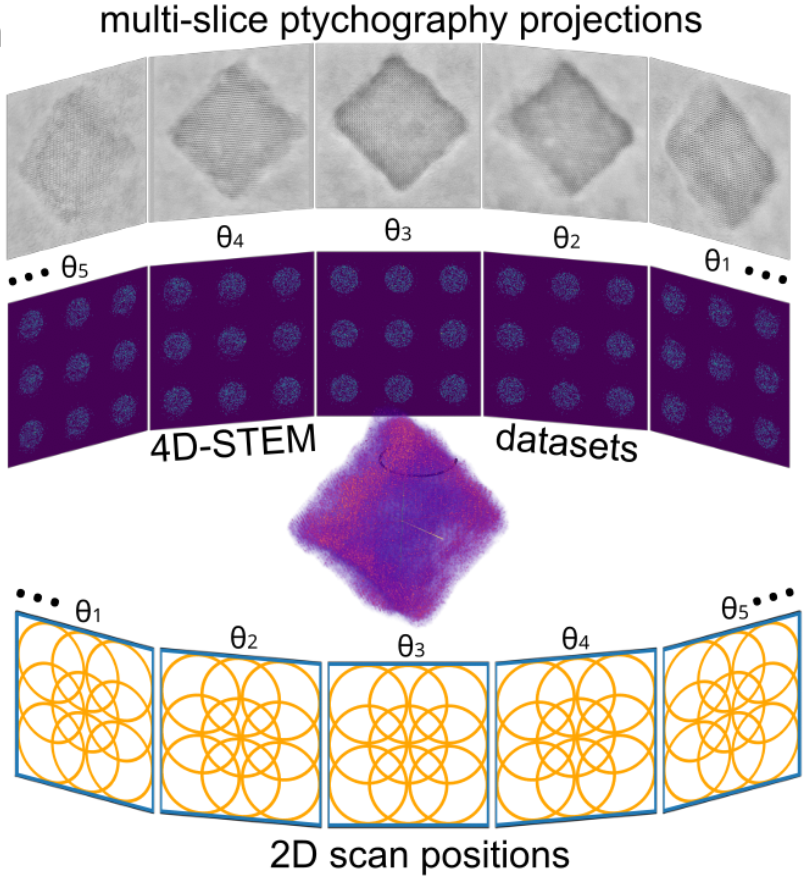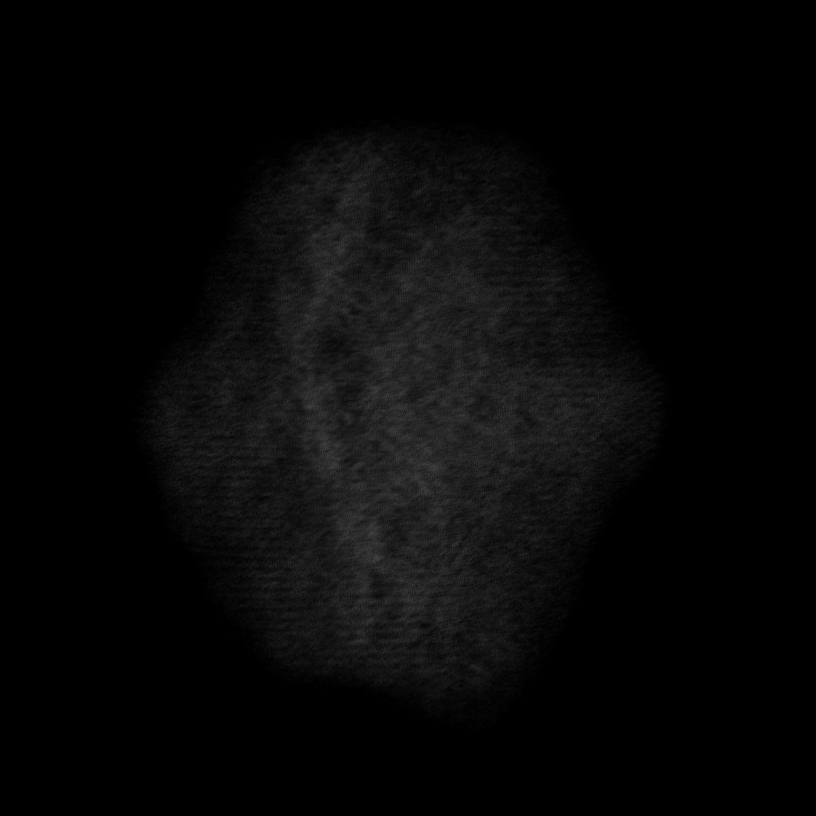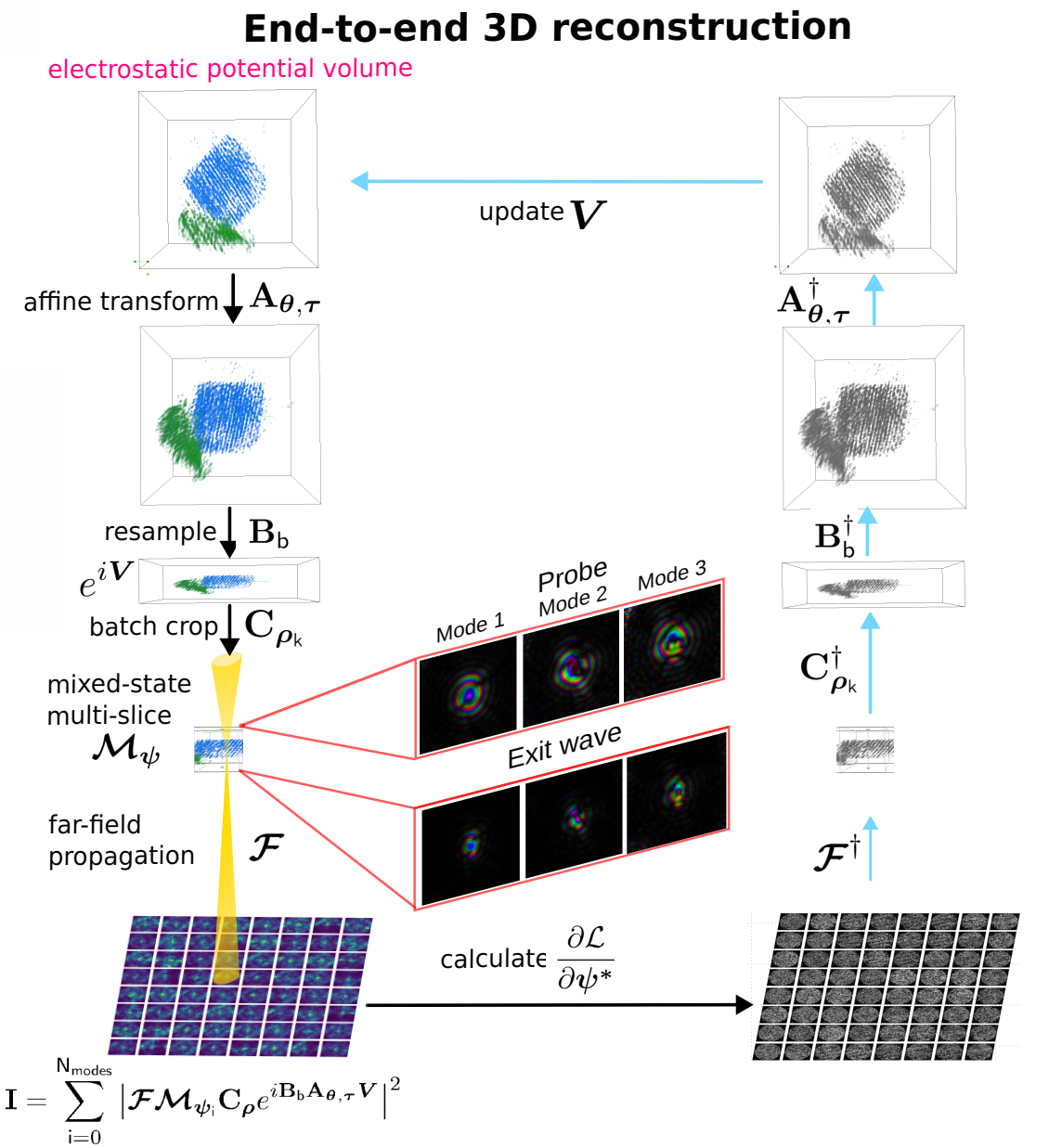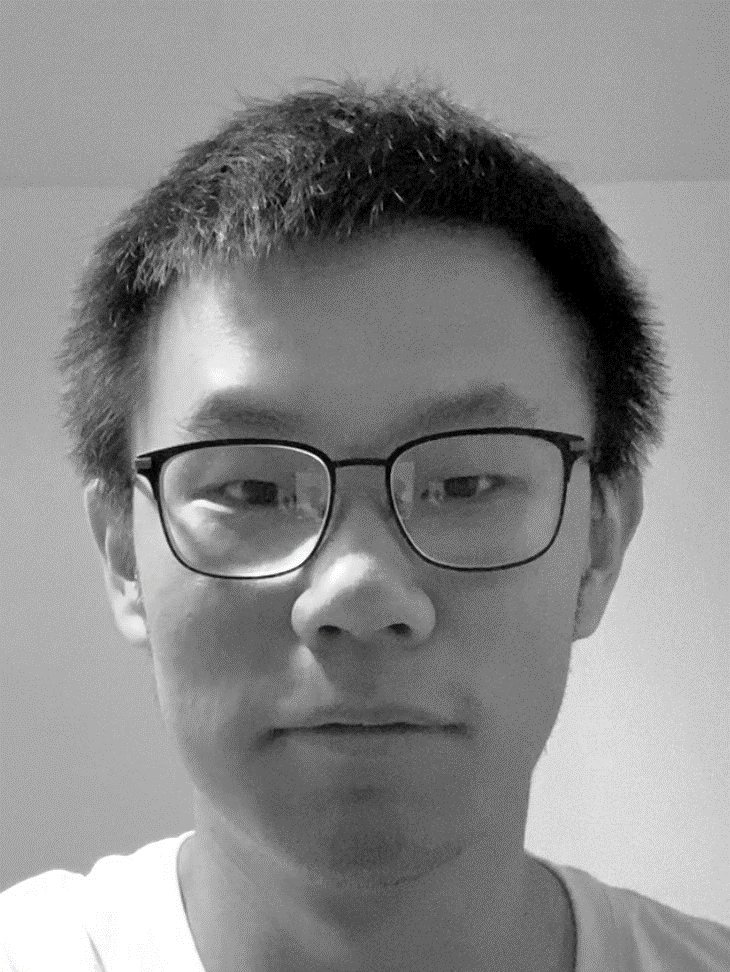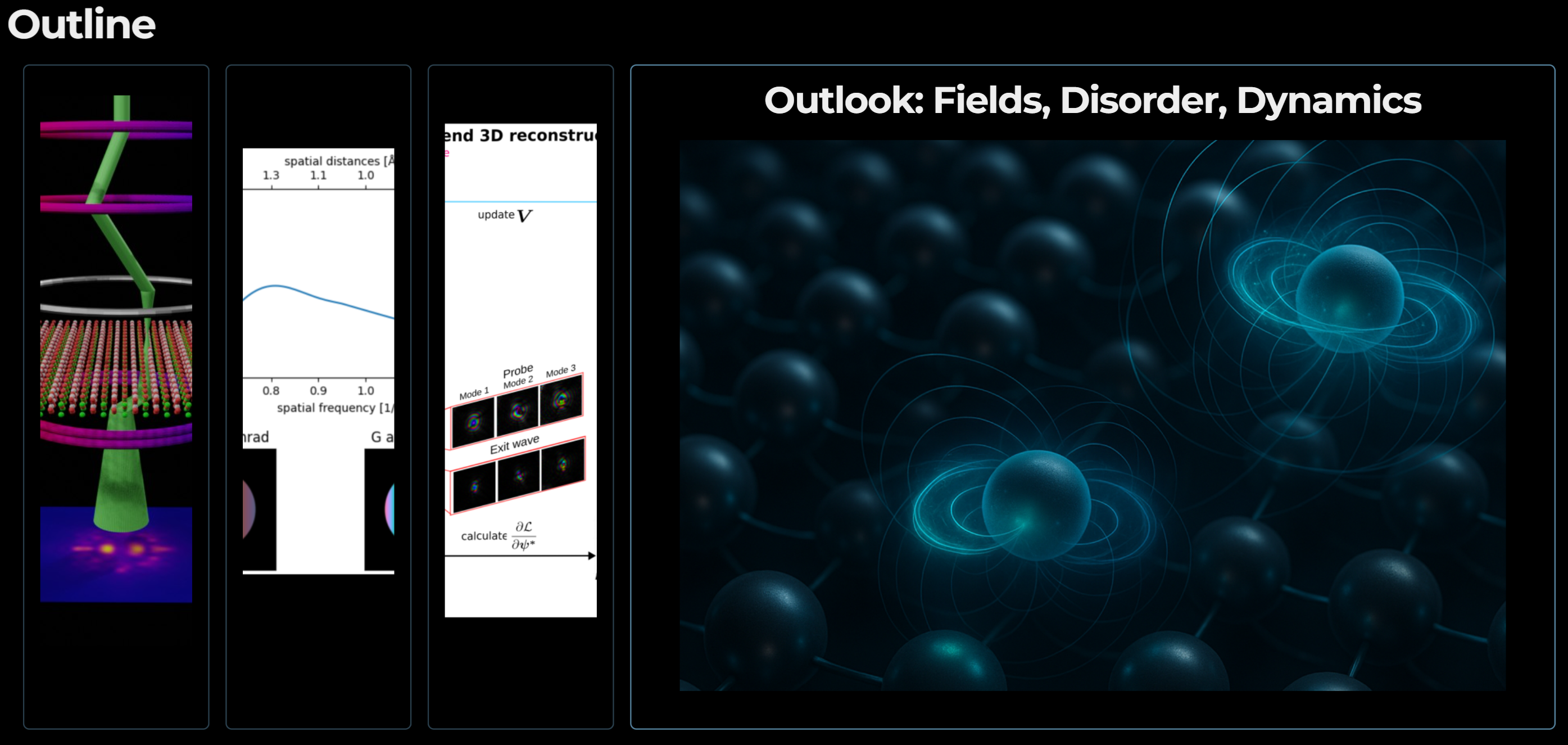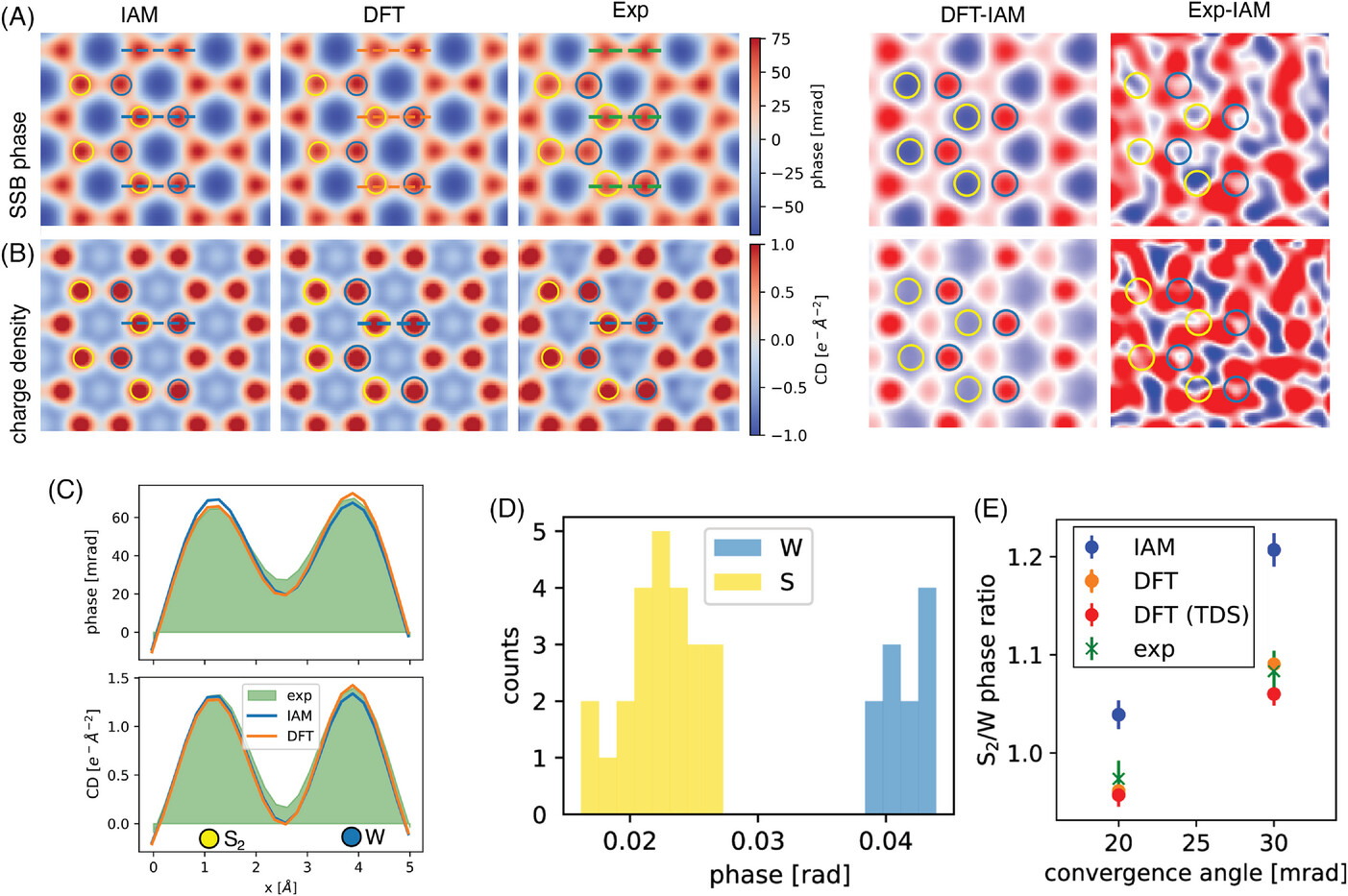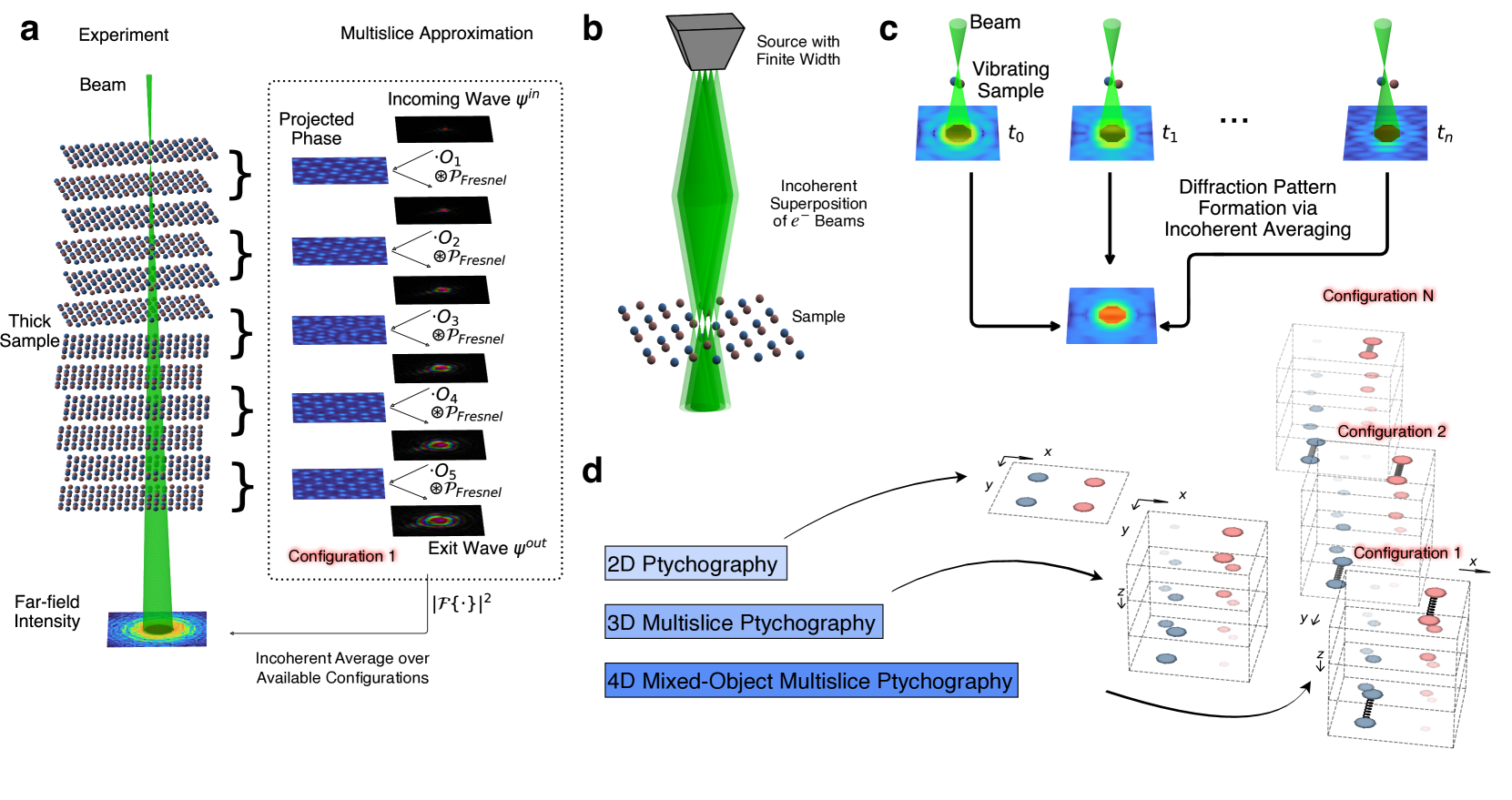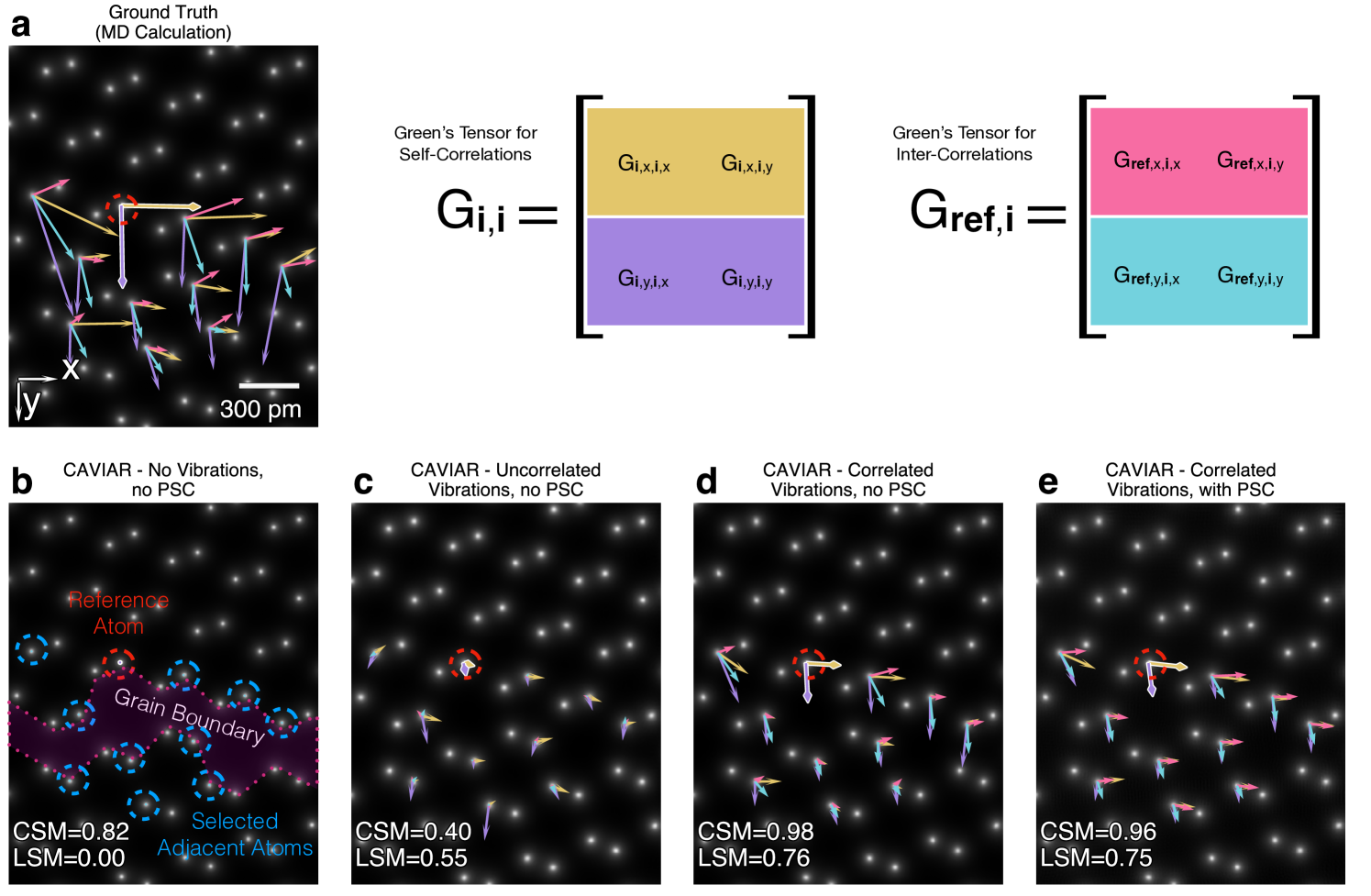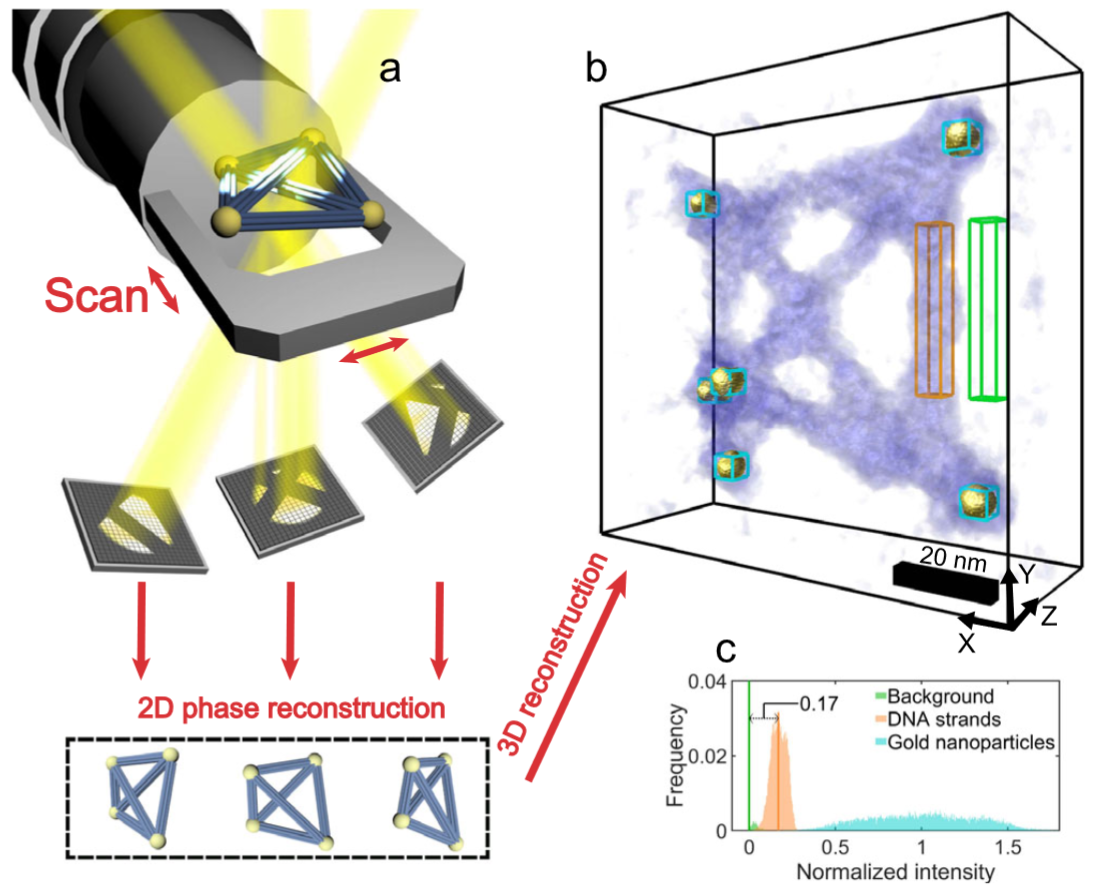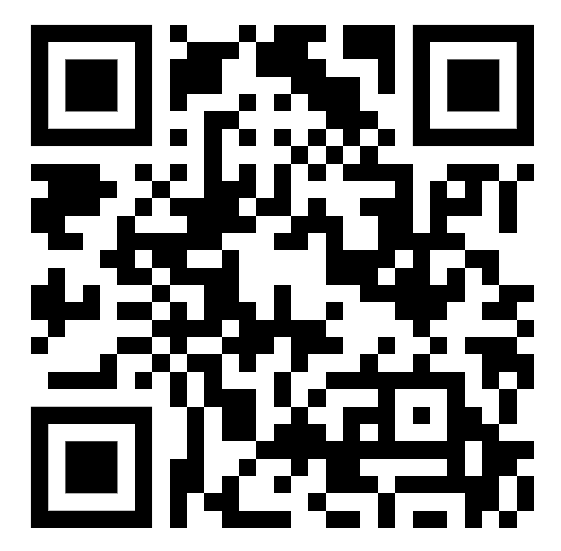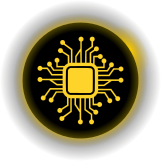Bekkevold, Julie Marie, Jonathan J P Peters, Ryo Ishikawa, Naoya Shibata, and Lewys Jones. 2024.
“Ultra-Fast Digital DPC Yielding High Spatio-Temporal Resolution for Low-Dose Phase Characterization.” Microscopy and Microanalysis 30 (5): 878–88.
https://doi.org/10.1093/mam/ozae082.
Chen, Zhen, Yi Jiang, Yu-Tsun Shao, Megan E. Holtz, Michal Odstrčil, Manuel Guizar-Sicairos, Isabelle Hanke, Steffen Ganschow, Darrell G. Schlom, and David A. Muller. 2021.
“Electron Ptychography Achieves Atomic-Resolution Limits Set by Lattice Vibrations.” Science 372 (6544): 826–31.
https://doi.org/10/gkb46j.
Chen, Zhen, Yu-Tsun Shao, Steven E. Zeltmann, Harikrishnan K. P, Ethan R. Rosenberg, Caroline A. Ross, Yi Jiang, and David A. Muller. 2024.
“Imaging Interstitial Atoms with Multislice Electron Ptychography,” no. arXiv:2407.18063 (July).
https://doi.org/10.48550/arXiv.2407.18063.
Crozier, Peter A., Matan Leibovich, Piyush Haluai, Mai Tan, Andrew M. Thomas, Joshua Vincent, Sreyas Mohan, et al. 2025.
“Visualizing Nanoparticle Surface Dynamics and Instabilities Enabled by Deep Denoising.” Science 387 (6737): 949–54.
https://doi.org/10.1126/science.ads2688.
Diederichs, Benedikt, Ziria Herdegen, Achim Strauch, Frank Filbir, and Knut Müller-Caspary. 2024.
“Exact Inversion of Partially Coherent Dynamical Electron Scattering for Picometric Structure Retrieval.” Nature Communications 15 (11): 101.
https://doi.org/10.1038/s41467-023-44268-x.
Frank, Joachim. 2022.
“Chapter Three - Walter Hoppe — x-Ray Crystallographer and Visionary Pioneer in Electron Microscopy.” In
Advances in Imaging and Electron Physics, edited by Peter W. Hawkes and Martin Hÿtch, 221:45–69. The Beginnings of Electron Microscopy - Part 2. Elsevier.
https://doi.org/10.1016/bs.aiep.2022.03.003.
Gilgenbach, Colin, Xi Chen, and James M LeBeau. 2024.
“A Methodology for Robust Multislice Ptychography.” Microscopy and Microanalysis 30 (4): 703–11.
https://doi.org/10.1093/mam/ozae055.
Gladyshev, Anton, Benedikt Haas, Thomas C. Pekin, Tara M. Boland, Marcel Schloz, Peter Rez, and Christoph T. Koch. 2023.
“Electron Ptychography Reveals Correlated Lattice Vibrations at Atomic Resolution.” arXiv.
https://doi.org/10.48550/ARXIV.2309.12017.
Hawkes, P. W. 1982.
“Is the STEM a Ptychograph?” Ultramicroscopy 9 (1): 27–30.
https://doi.org/10.1016/0304-3991(82)90225-X.
Hofer, Christoph, Jacob Madsen, Toma Susi, and Timothy J Pennycook. 2025. “Detecting Charge Transfer at Defects in 2D Materials with Electron Ptychography.” Journal of Microscopy.
Hoppe, W. 1969.
“Beugung Im Inhomogenen Primärstrahlwellenfeld. I. Prinzip Einer Phasenmessung von Elektronenbeungungsinterferenzen.” Acta Crystallographica Section A 25 (4): 495–501.
https://doi.org/10.1107/S0567739469001045.
Hoppe, Walter. 1983.
“Electron Diffraction with the Transmission Electron Microscope as a Phase-Determining Diffractometer—from Spatial Frequency Filtering to the Three-Dimensional Structure Analysis of Ribosomes.” Angewandte Chemie International Edition in English 22 (6): 456–85.
https://doi.org/10.1002/anie.198304561.
Karapetyan, Shake, Steven E. Zeltmann, Glen Wilk, Ta-Kun Chen, Vincent D. -H. Hou, and David A. Muller. 2025.
“3D Atomic-Scale Metrology of Strain Relaxation and Roughness in Gate-All-Around (GAA) Transistors via Electron Ptychography.” arXiv.
https://doi.org/10.48550/ARXIV.2507.07265.
Li, Guanxing, Ming Xu, Wen-Qi Tang, Ying Liu, Cailing Chen, Daliang Zhang, Lingmei Liu, et al. 2025.
“Atomically Resolved Imaging of Radiation-Sensitive Metal-Organic Frameworks via Electron Ptychography.” Nature Communications 16 (1): 914.
https://doi.org/10.1038/s41467-025-56215-z.
Li, Pengcheng, Chenglin Pua, Zehao Dong, Zhengxiong Su, Tao Liu, Chao Cai, Huahai Shen, Lin Gu, and Zhen Chen. 2025.
“Atomic-Scale Heterogeneity of Hydrogen in Metal Hydrides Revealed by Electron Ptychography,” no. arXiv:2507.18906 (July).
https://doi.org/10.48550/arXiv.2507.18906.
Li, Zhongbo, Harald Rose, Jacob Madsen, Johannes Biskupek, Toma Susi, and Ute Kaiser. 2022.
“Computationally Efficient Handling of Partially Coherent Electron Sources in (s)TEM Image Simulations via Matrix Diagonalization.” Microscopy and Microanalysis, September, 1–9.
https://doi.org/10.1017/S1431927622012387.
Nellist, P. D., B. C. McCallum, and J. M. Rodenburg. 1995.
“Resolution Beyond the ‘Information Limit’ in Transmission Electron Microscopy.” Nature.
https://doi.org/10.1038/374630a0.
Pei, Xudong, Liqi Zhou, Chen Huang, Mark Boyce, Judy S. Kim, Emanuela Liberti, Yiming Hu, et al. 2023.
“Cryogenic Electron Ptychographic Single Particle Analysis with Wide Bandwidth Information Transfer.” Nature Communications 14 (11): 3027.
https://doi.org/10.1038/s41467-023-38268-0.
Pelz, Philipp M., Sinéad M. Griffin, Scott Stonemeyer, Derek Popple, Hannah DeVyldere, Peter Ercius, Alex Zettl, Mary C. Scott, and Colin Ophus. 2023.
“Solving Complex Nanostructures with Ptychographic Atomic Electron Tomography.” Nature Communications 14 (11): 7906.
https://doi.org/10.1038/s41467-023-43634-z.
Pennycook, Timothy J., Andrew R. Lupini, Hao Yang, Matthew F. Murfitt, Lewys Jones, and Peter D. Nellist. 2015.
“Efficient Phase Contrast Imaging in STEM Using a Pixelated Detector. Part 1: Experimental Demonstration at Atomic Resolution.” Ultramicroscopy, Special issue: 80th birthday of harald rose; PICO 2015 – third conference on frontiers of aberration corrected electron microscopy, 151 (April): 160–67.
https://doi.org/10.1016/j.ultramic.2014.09.013.
Romanov, Andrey, Min Gee Cho, Mary Cooper Scott, and Philipp Pelz. 2024.
“Multi-Slice Electron Ptychographic Tomography for Three-Dimensional Phase-Contrast Microscopy Beyond the Depth of Focus Limits.” Journal of Physics: Materials 8 (1): 015005.
https://doi.org/10.1088/2515-7639/ad9ad2.
Sha, Haozhi, Jizhe Cui, and Rong Yu. 2022.
“Deep Sub-Angstrom Resolution Imaging by Electron Ptychography with Misorientation Correction.” Science Advances 8 (19): eabn2275.
https://doi.org/10.1126/sciadv.abn2275.
Skoupy, Radim, Elisabeth Müller, Timothy J. Pennycook, Manuel Guizar-Sicairos, Emiliana Fabbri, and Emiliya Poghosyan. 2025.
“Ptychoscopy: A User Friendly Experimental Design Tool for Ptychography.” Scientific Reports 15 (1): 24959.
https://doi.org/10.1038/s41598-025-09871-6.
Thibault, Pierre, and Andreas Menzel. 2013.
“Reconstructing State Mixtures from Diffraction Measurements.” Nature 494 (7435): 68–71.
https://doi.org/10.1038/nature11806.
Yalisove, Reed, Georgios Varnavides, and Mary C Scott. 2025.
“Toward Imaging of Antiferromagnetic Ordering at the Atomic Scale.” Microscopy and Microanalysis 31 (Supplement_1).
https://doi.org/10.1093/mam/ozaf048.1124.
Yang, Hao, Peter Ercius, Peter D. Nellist, and Colin Ophus. 2016.
“Enhanced Phase Contrast Transfer Using Ptychography Combined with a Pre-Specimen Phase Plate in a Scanning Transmission Electron Microscope.” Ultramicroscopy 171 (December): 117–25.
https://doi.org/10/f9fwhk.
Yang, Wenfeng, Haozhi Sha, Jizhe Cui, Liangze Mao, and Rong Yu. 2024.
“Local-Orbital Ptychography for Ultrahigh-Resolution Imaging.” Nature Nanotechnology, January, 1–6.
https://doi.org/10.1038/s41565-023-01595-w.
You, Shengbo, Andrey Romanov, and Philipp M Pelz. 2024.
“Near-Isotropic Sub-Ångstrom 3d Resolution Phase Contrast Imaging Achieved by End-to-End Ptychographic Electron Tomography.” Physica Scripta 100 (1): 015404.
https://doi.org/10.1088/1402-4896/ad9a1a.
Zhang, Hui, Guanxing Li, Jiaxing Zhang, Daliang Zhang, Zhen Chen, Xiaona Liu, Peng Guo, et al. 2023.
“Three-Dimensional Inhomogeneity of Zeolite Structure and Composition Revealed by Electron Ptychography.” Science 380 (6645): 633–38.
https://doi.org/10.1126/science.adg3183.

